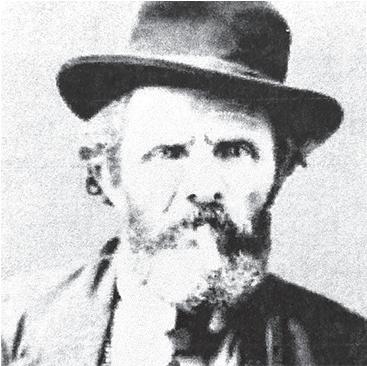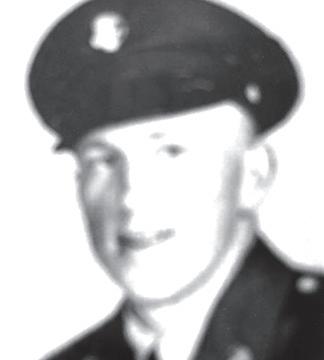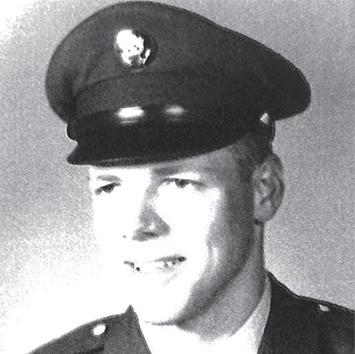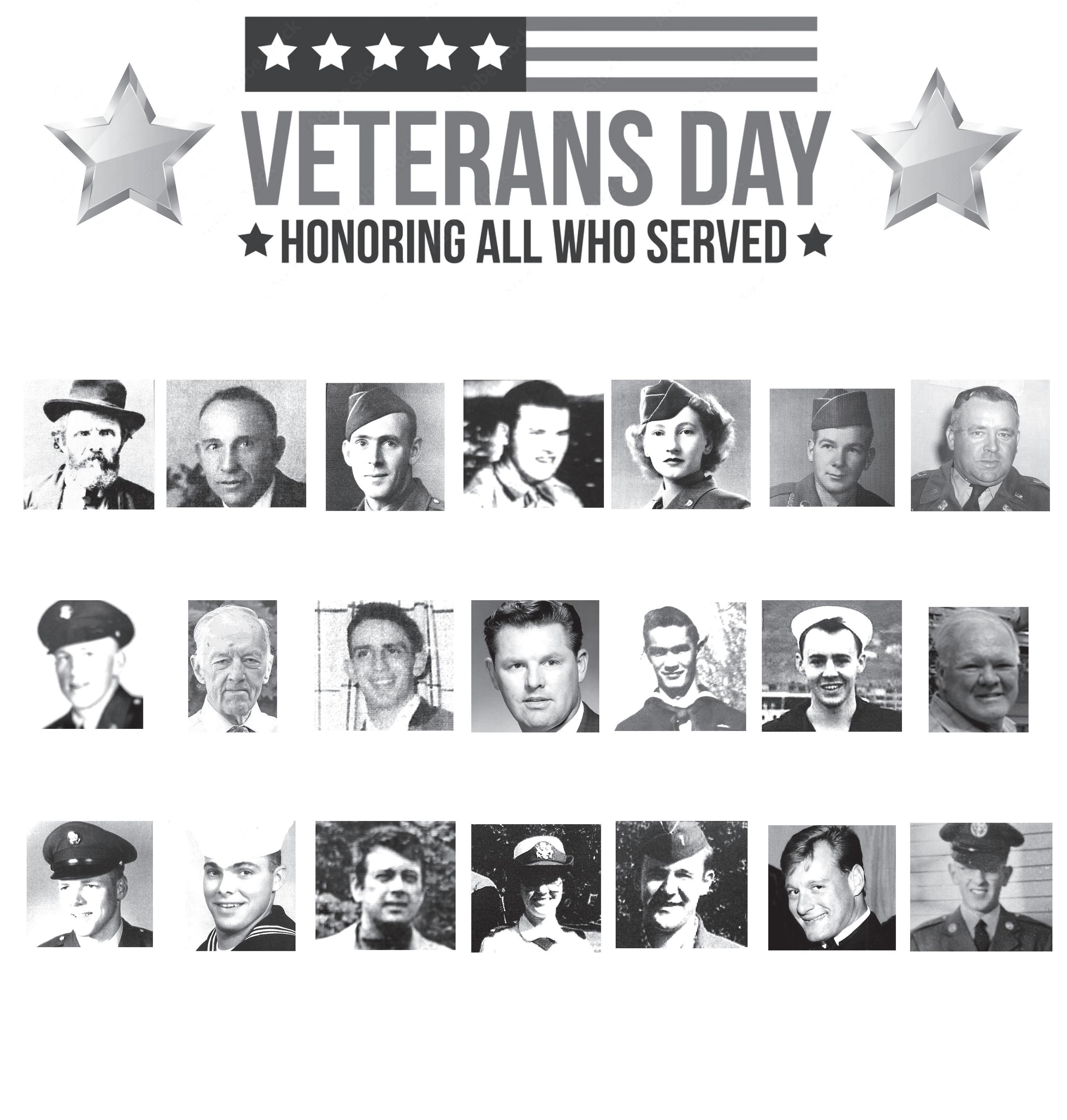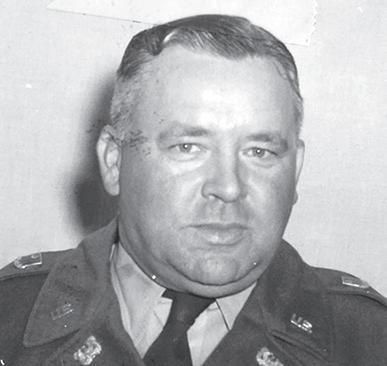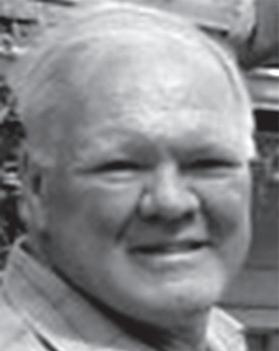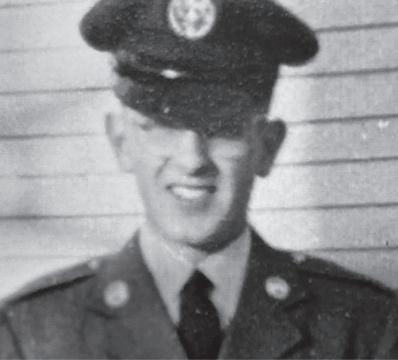VETERANS DAY

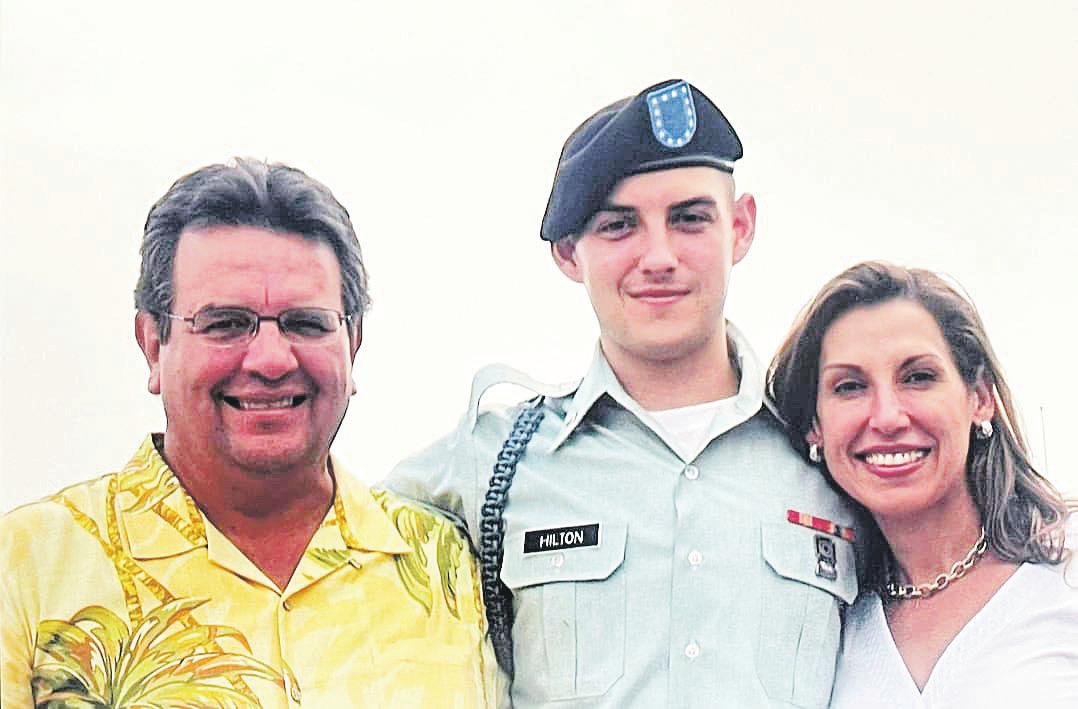
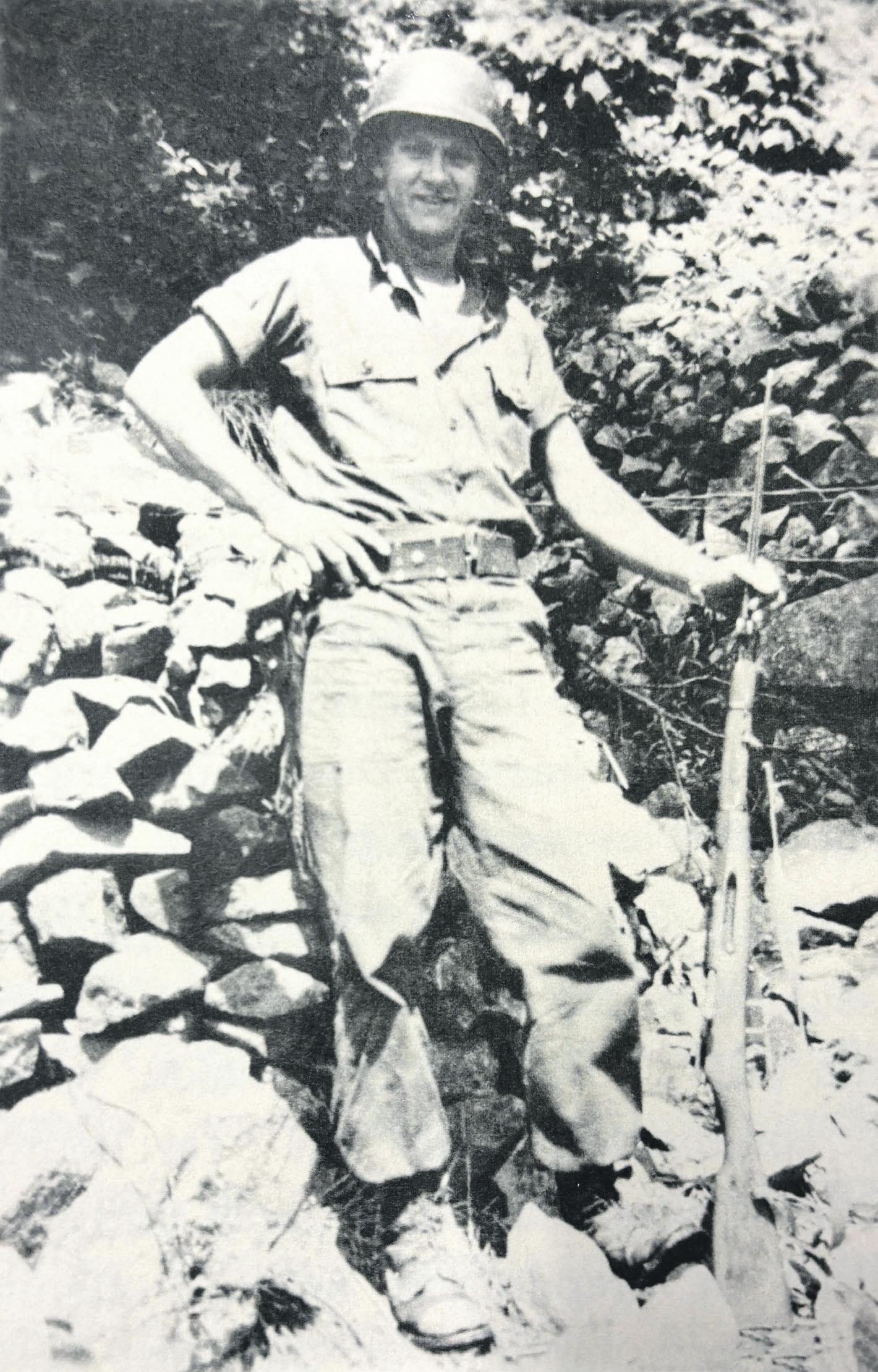
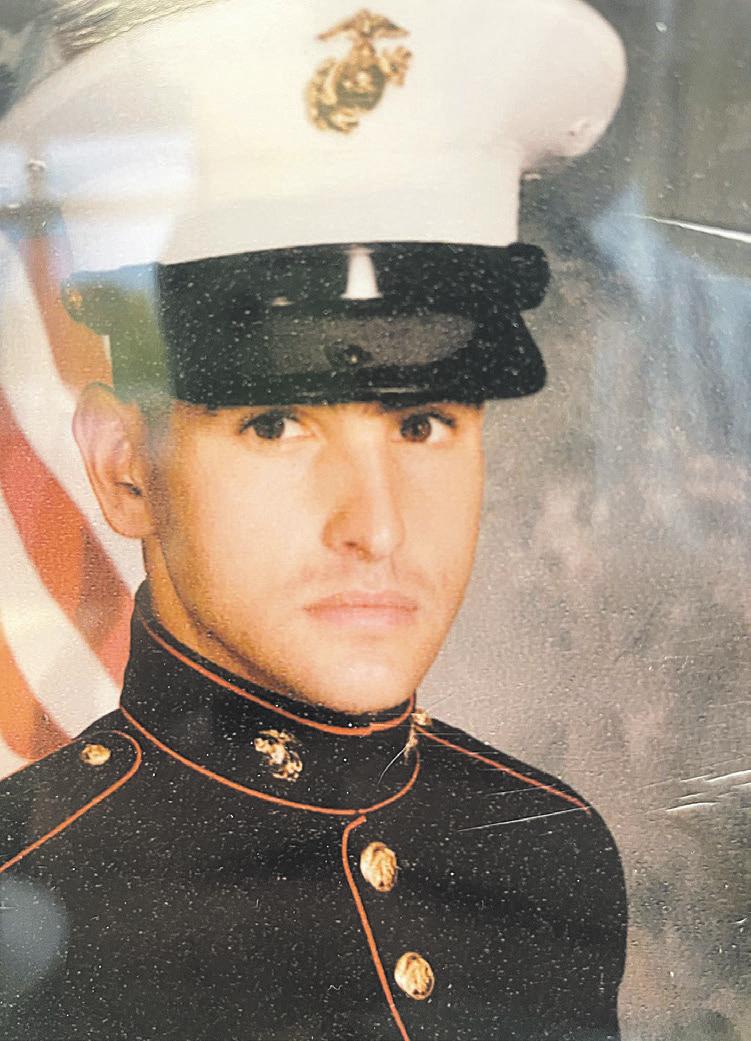
Honoring All Who Served
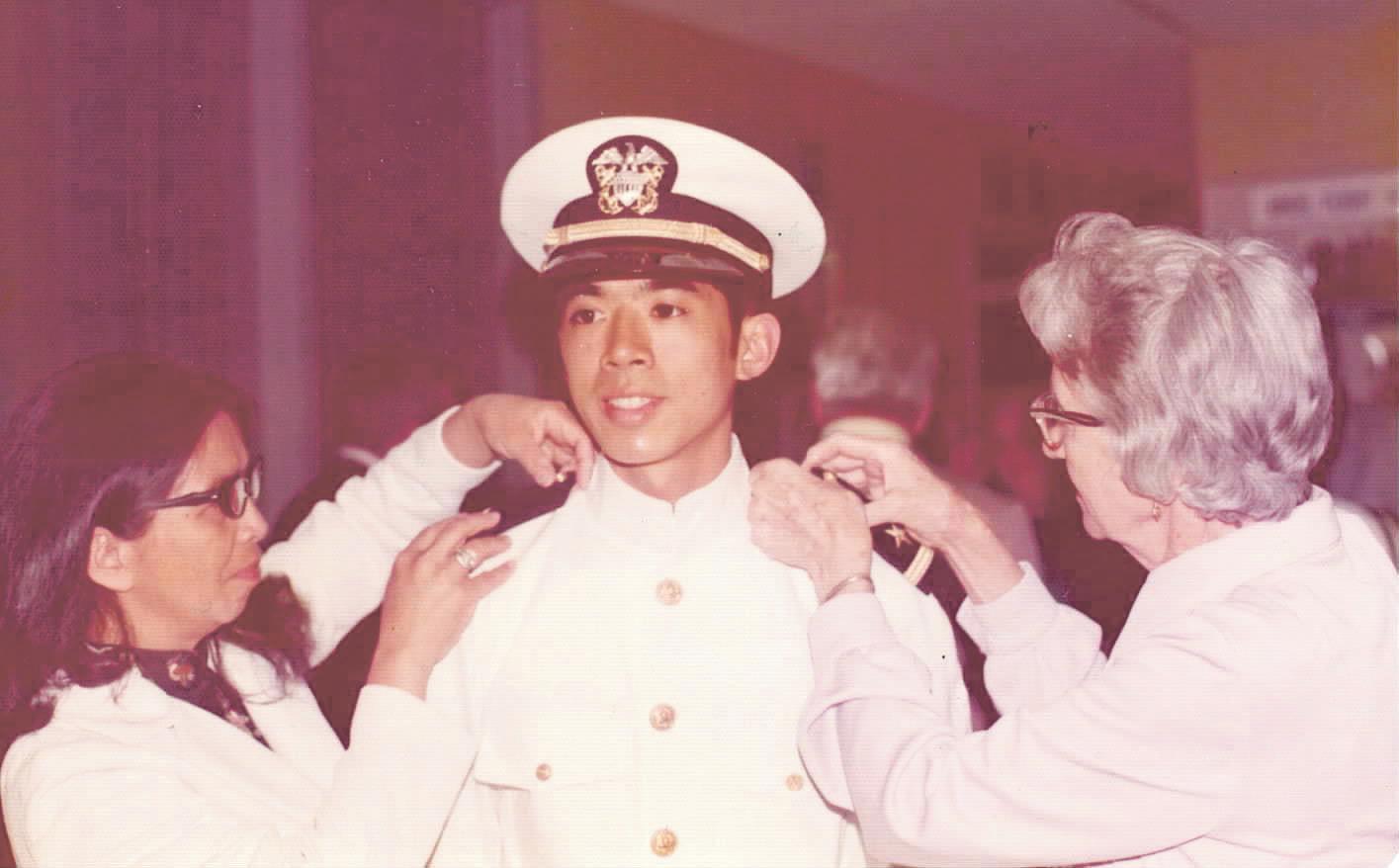



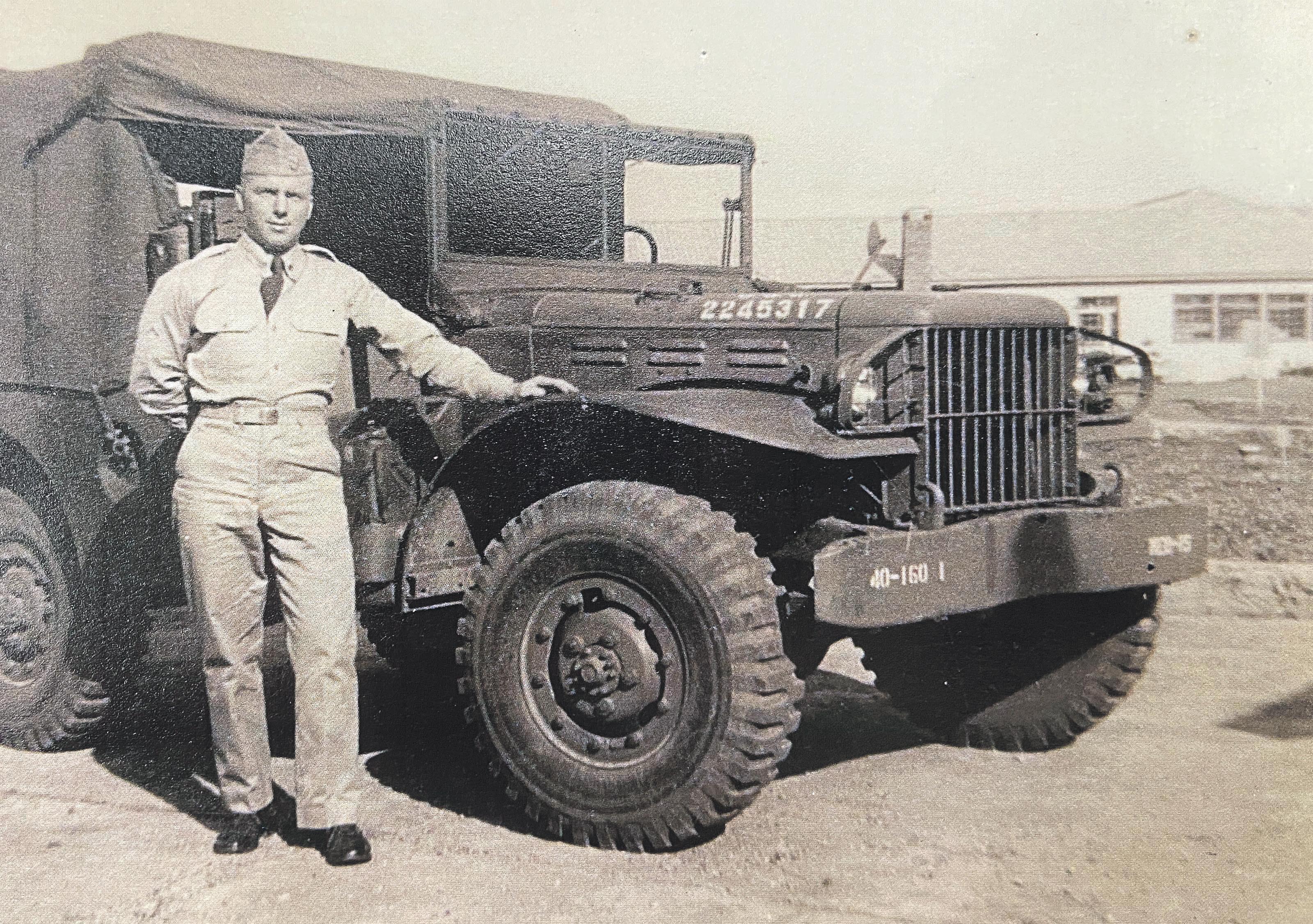


TUESDAY, NOVEMBER 11
10AM - 6PM AT REEF REWARDS















TUESDAY, NOVEMBER 11
10AM - 6PM AT REEF REWARDS



Each year, the staff of the Lynden Tribune and Ferndale Record newspaper has asked you to send us your story of service, or the story of your loved ones who served.
Each year, we proudly share those stories and photographs about some of the fine Whatcom County residents past and present who served our country.
Thank you for allowing us each year to share your stories. Telling thee stories is something we look forward to each year.
But we cannot do this fine tribute to our local
Branch: U.S. Marine Corps
Served: 1988-1992
Medals/commendations:
Rifle Expert 3rd award, Pistol Expert 2nd award, Sea Service Deployment w/two stars, National Defense Service Medal, Meritorious Mast, Combat Action Ribbon, Southwest Asia Service Medal w/three stars, Good Conduct Medal, Kuwait Liberation Medal, Basic Parachutist Insignia, Navy and Marine Corps Scuba Divers Insignia.
“You are not going to be sitting around the house watching TV all day while I’m working all summer,” mom said. “You better find a job.”
Next day …
“Mom! Guess what?!?” I said.
“I got a job!”
“That’s wonderful,” she said. “Where are you going to work?”
"I told her. 'The Marine Corps.'"
"Yea, that is when my dear mother turned white as a sheet and wanted me to “take it back.”
“It’s too late,” I told her. “I already signed the papers.”
"In boot camp I shot a 242 out of 250 (back when they still did open sights out to 750 yards) and was the battalion high shooter. I was selected to do a recon try-
veterans without your help. So please don't wait until next Veterans Day.
As we do each year, we ask that you submit a short story about your service, as well as photographs, to bill@lyndentribune.com.
We ask that you limit your story to no more than about 300 words.
With your story, please also include the veteran’s full name, city of residence, branch of service and dates of service in the U.S. military, your rank when you left the service, and any medals and commendations.
out in the Philippines. Five of us out of 35 or so were sent to RIP (recon indoctrination course). That course was a complete suffer festival for many weeks.
Once you pass all the rigorous training, you are sent to Army Airborne school and Navy Dive school. (MOS 8654) There are many other schools, too.
"In February of ’91, I was flown into Saudi for Operation Desert Shield. I participated in forward operations in Kuwait clearing police posts occupied by Iraqis in Markaz Radifah and Julhum.
"Quickly after my team was involved in the ground assault into Kuwait with Task Force Taro (RCT-3), our recon teams did the bunker clearing and zone reconnaissance ops in the burning oilfields for 8-9 days. I was involved with coups in Thailand and the Philippines shortly after that time. In 1992, shortly before my four-year reenlistment, I broke my back in a training accident off the coast of Coronado, California. I was paralyzed from the waist down for a few days. As a result, after I got out of the hospital, I was grounded. No more airborne operations or scuba diving. My adventurous career was over."
Please also include your contact information just in case we have any questions.
For more information, email bill@lyndentribune.com.
The first Wednesday each year in November we insert our special Veterans Day section into the Lynden Tribune and Ferndale Record newspaper.
Thank you to those who served.
-- Bill Helm is editor of the Lynden Tribune and Ferndale Record newspaper
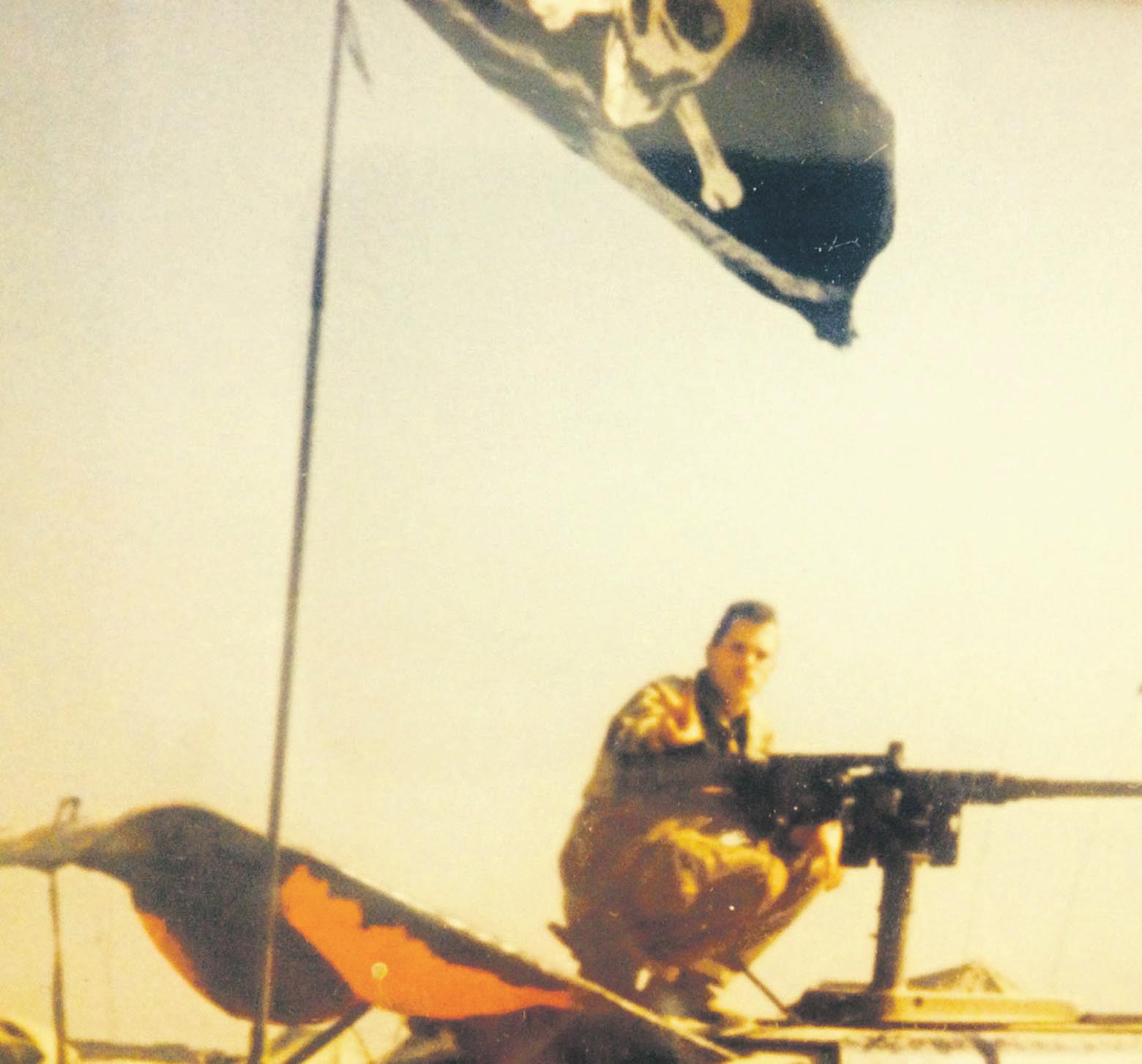
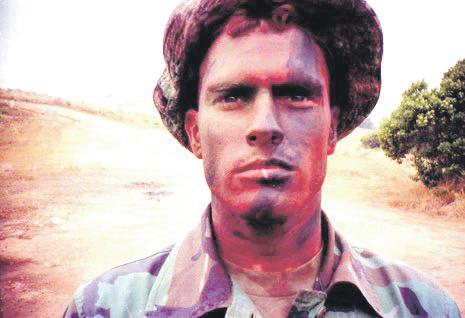
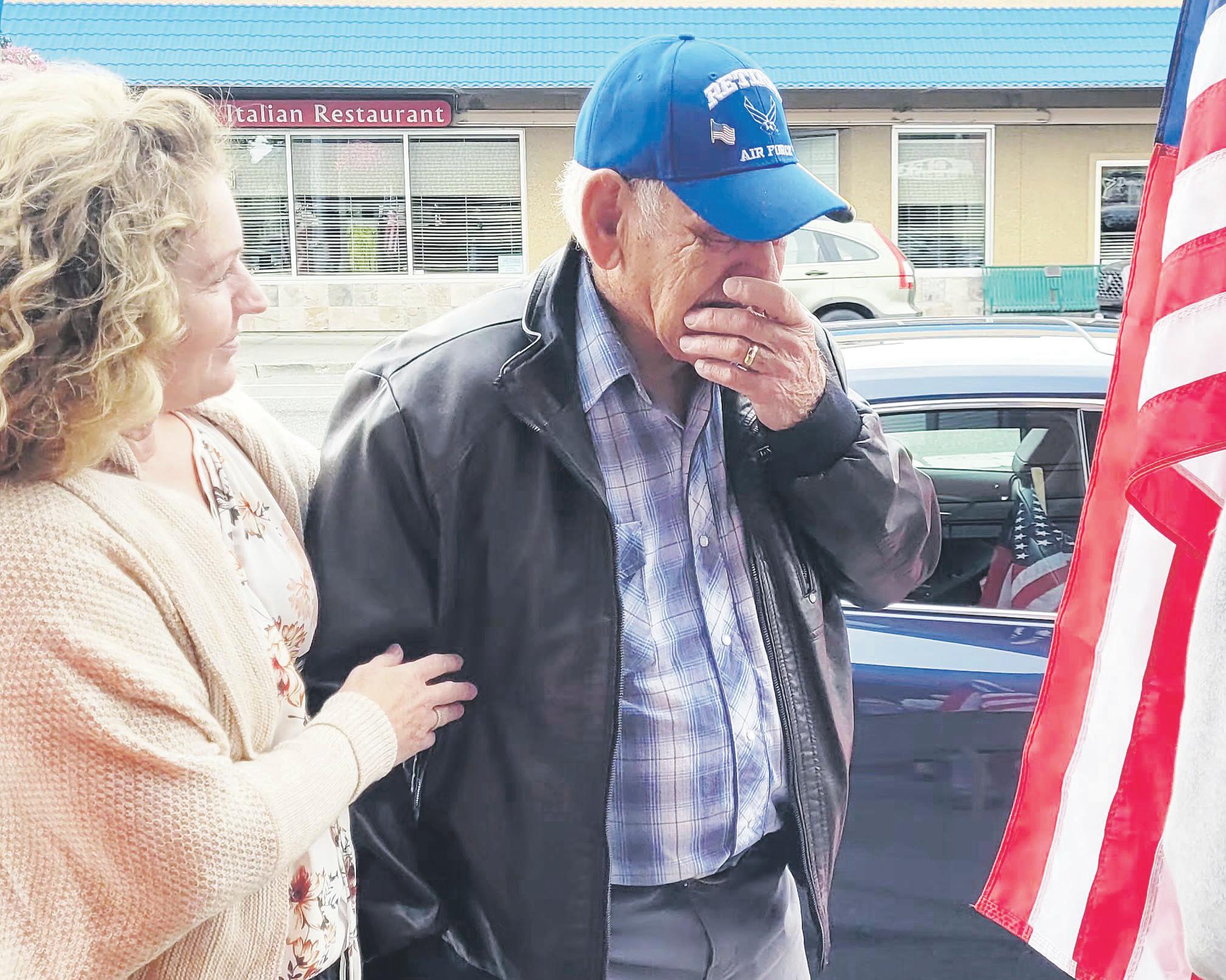

By Racquel Muncy Staff Reporter
FERNDALE — Mark Brokaw was a sixtour combat Marine who moved to Ferndale in 2018. Brokaw had a family, a network of loved ones and a plan for his next chapter in life.
Three years later, when the COVID-19 pandemic altered all of his plans, he struggled and ended up taking his life.
“It was a really difficult time for people, even people who have everything going for them,” Brokaw’s best friend Deryn Mack said. “They’re struggling and they have no support.”
When Brokaw passed, Mack wanted to find a way to honor his friend. He reached out to Kathy Young, then-president of the Ferndale Kiwanis, about the possibility of having a flag dedicated to his friend.
The Ferndale Kiwanis is in charge of the flags that go up along Main Street in Ferndale during holidays such as Veterans Day, Flag Day, Independence Day and others.
“He always appreciated the flags put up in Ferndale,” Mack said of Brokaw.
This was the beginning of what has become a long-standing community service project for the Kiwanis.
“I planted the seed and Kathy helped grow the program,” he said. “It’s been a bittersweet way to memorialize him.”
Mack said these flags help to show all of the veterans that they’re appreciated and their sacrifice matters.
The program is now up to about 30 personalized flags.
“I’m glad it’s kind of taken off,” Mack said.
Greg Kendall, the Kiwanis member currently in charge of the program, said with a $60 donation, an individual is able to purchase a flag and stainless steel plaque engraved with a loved one’s name, rank and service branch.
Kendall said he remembers when Brokaw’s flag was first put up. There was a small, touching ceremony outside of Outlaws Saloon, where Brokaw frequented. Some families do it postmortem, while others do it as a surprise for a local veteran.
Kathy Hanes saw a Facebook advertisement for the flag program about two years ago and decided to have a plaque made for her father, who started off in the Navy Reserves in 1959 and retired from the Air
Continued from 5
Force in 1987.
“I wanted to do it while my dad was still here,” she said. “It was so easy.”
Hanes said it was a nice way to say thank you and honor her father. When the flag was presented, it took her father’s breath away.
Now that her father has passed away, she takes her children and grandchildren to his flag when it is being flown as a way to memorialize him.
“We’re pretty proud of my dad,” she said, adding that it’s nice to see the hometown patriotism. “It’s just a small token of my appreciation.”
Vietnam combat veteran Chuck Millard said he remembers the time after the Vietnam War when veterans were not honored and seen as heroes.
“Doing our duty and honoring our oath to ‘protect and defend’ was widely met with disrespect or lack of respect, and even hostility,” Millard said. “It seemed at the time that honor and respect were an impossible dream for us.”
He said the pivot to seeing flags proudly flown means more than words can express.
“This pivoting has aided immeasurably in the healing of the war-induced wounds, both mental
and physical,” he said. “Seeing the flags and knowing that my name is on one of them is literally a dream come true and a huge push toward healing.”
For this, Millard said he is thankful for the Ferndale Kiwanis and their veteran flag program.
Kendall said the program has grown over a short time and he looks forward to more people becoming aware of the work Kiwanis does to get the flags up for each holiday to honor those who have served.
The program hits close to home for Kendall, whose father was a veteran.
“It’s important to focus on what the flag means and that’s democracy,” he said.
He said the work is more demanding than many realize, as the holes for the flag poles usually need to be cleaned out or even redrilled, and the weather does not always cooperate, especially for holidays such as Veterans Day.
Donations can always be made to help replace flags or revarnish the flag poles, as well.
Anyone interested in learning more or donating can reach out to the Ferndale Kiwanis Club on Facebook.
-- Contact Racquel Muncy at racquel@lyndentribune.com

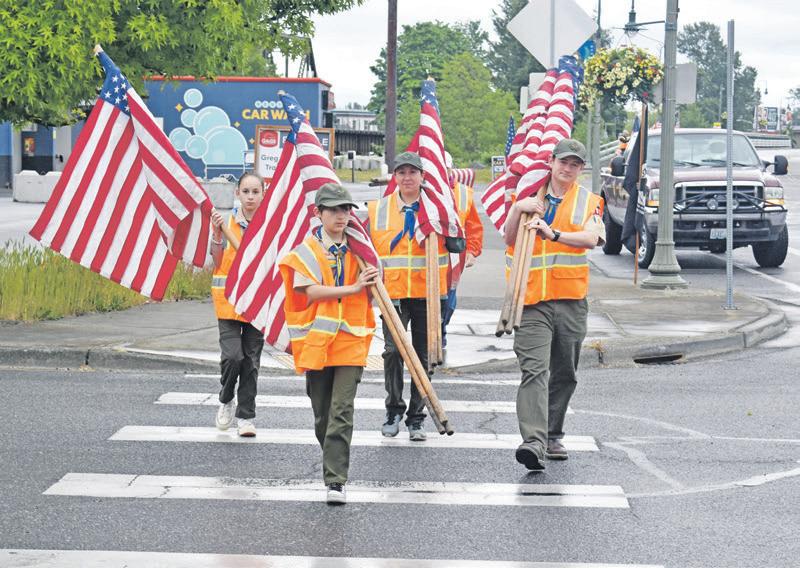
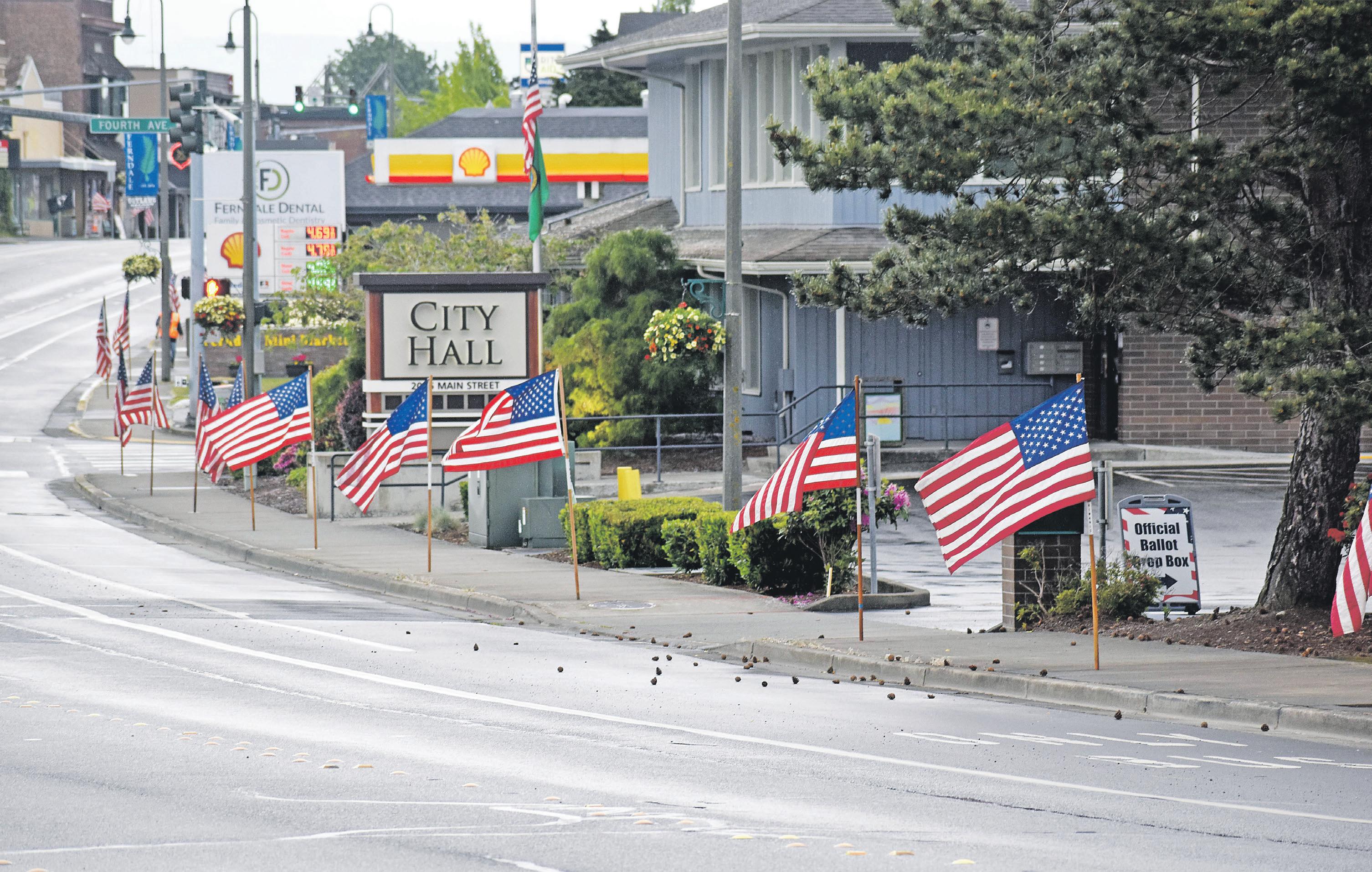
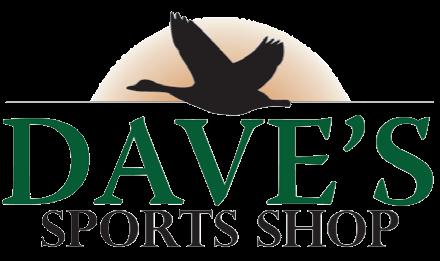
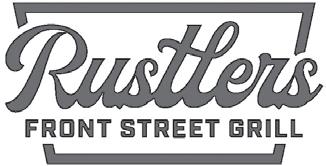
BRADLEY YEUNG
Current residence: Lynden
Branch: U.S. Navy
Years served: 1975-1979
Final rank: Lt. (jg)
Medals and commendations: Navy “E” Ribbon, honorable discharge.
About Bradley: I grew up in Cincinnati and joined the Navy ROTC officer training program at Miami University, Oxford, Ohio during the last four years of the Vietnam war.
Why join during a war? That was not a deciding issue. I grew up with immigrant parents from China who impressed upon me to never take freedom for granted.
During my time at Miami University, my vision worsened to the point of failing my physical exam six months before graduation.
But I was granted a waiver due to a manpower shortage.
I was commissioned as an officer in the U.S. Navy six weeks after the Vietnam war ended.
On board the USS Halsey, CG23, I served as the Anti-Submarine Warfare Officer.
On a six-month deployment to the western Pacific, we participated in real-world intel ops in a field of operation off the coast of what was then called the Soviet Union in a lone forward picket station for a carrier task force conducting naval exercises 500 miles south of our location.
During the ongoing Cold War a solo ship was viewed as less provocative, but was also more vulnerable to being attacked.
Considering the honor of serving your country? If the Navy or Coast Guard, my advice is to take an ocean cruise before signing the papers.
I never did. It’s no fun experiencing sea sickness year after year. My only excuse is that Cincinnati is far from any ocean, and my parents were never cruisers.
“Join the Navy and See the World” was one of the taglines at the time. So true because it was an adventure to visit and experienced a dozen amazing countries.
Not a bad job perk.
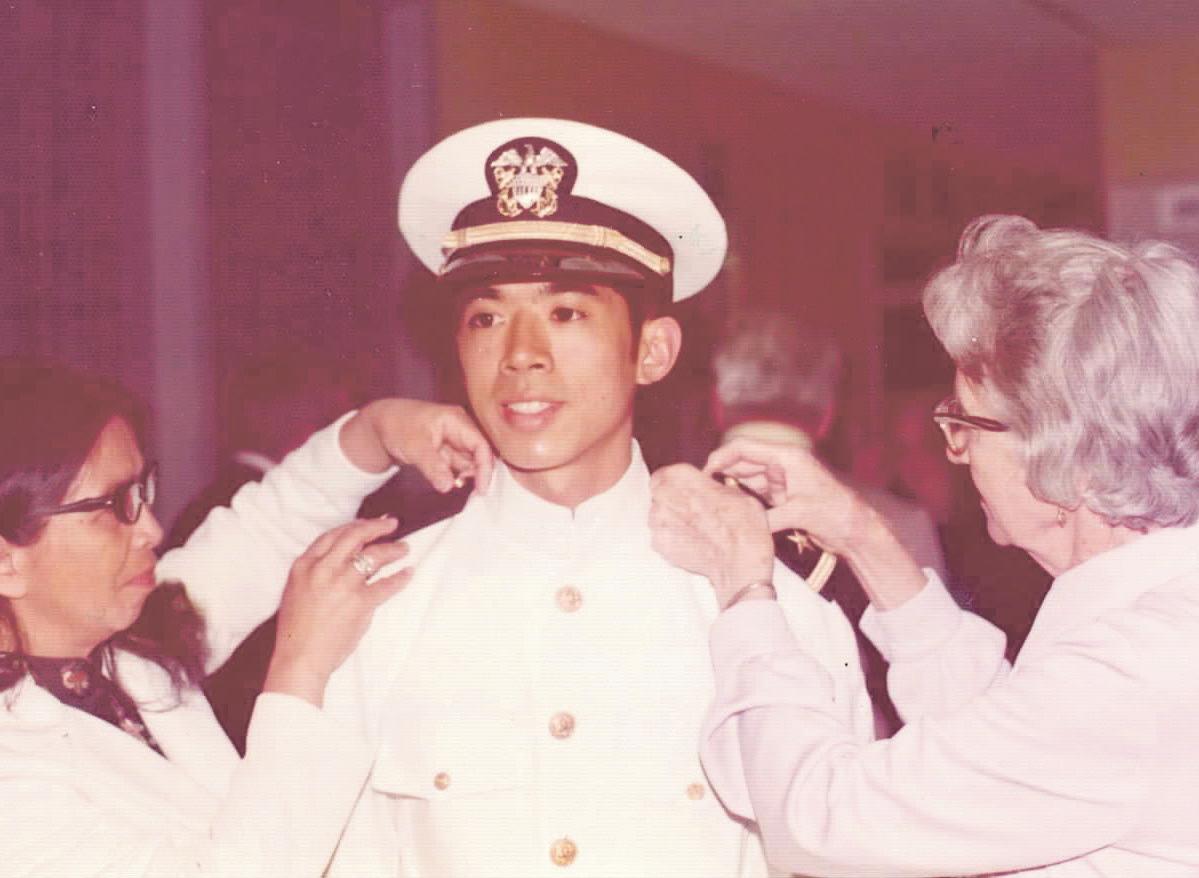

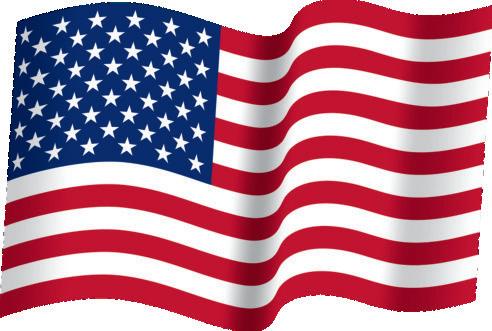
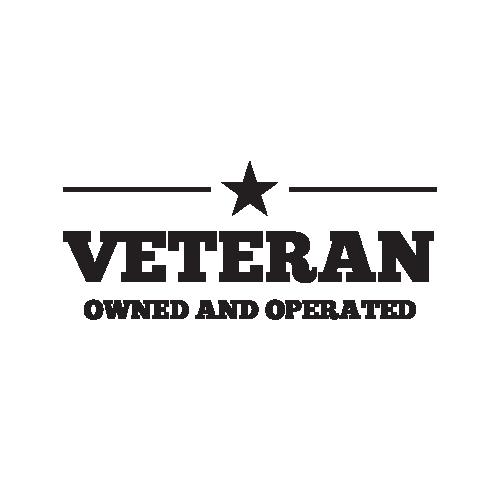
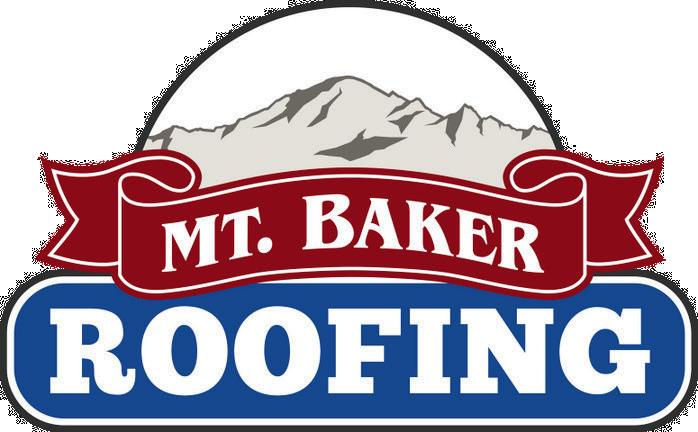

STEVEN HILTON
Current residence: Blaine
Branch: Army National Guard
Served: 2007-2013
Final rank: E-4
Medals/Commendations: Exemplary Achievement Award, the National Defense Service Medal, and the Global War on Terrorism Service Medal.
About Steven: My name is Steven Hilton and my journey in the Texas Army National Guard began in February 2007, when I enlisted and completed my basic training at Ft. Benning, Georgia. Throughout my service, I had the privilege of being assigned to Delta, Charlie and Bravo companies of the 1-141 Infantry Regiment.
My specialty was as an indirect fire specialist, providing critical support to infantry operations with precision and coordination.
In 2012, I had the unique opportunity to deploy to Germany, where our unit collaborated with United Nations forces. We focused on training allied troops in counterinsurgency tactics, particularly in strategies to combat guerrilla war-
fare. This deployment was an exceptional experience that allowed us to share knowledge, build international partnerships and strengthen global readiness.
In addition to my overseas service, I was mobilized for multiple hurricane relief missions across Texas and the Gulf Coast. These included deployments in response to Hurricanes Katrina, Ike, Dolly and Gustav. During these operations, we provided vital support to affected communities, from search and rescue to logistics and security. These missions reinforced the Guard’s role in protecting and serving at home.
My time in the military instilled in me a deep sense of discipline, confidence and appreciation for life. It shaped how I approach challenges and provided me with the tools to overcome adversity with focus and resilience.
Serving in the National Guard was one of the best decisions I made as a young man, and I carry those lessons with me every day.











DAVE DYCK
Branch: U.S. Army
Served: 1950-1952
Final rank: Corporal
About Dave: Inducted into the U.S. Army for a two-year term on Nov. 2, 1950. Spent six months basic training in the Fortieth Army Medical Division at Camp Cooke in California, then nine months advanced medical training in Japan, then one year in Korea on the 38th Parallel as a first responder medic.
Even today the Parallel remains as a three-mile wide dividing line separating North Korea from South Korea. Military patrols are active on both sides. In the early 1950s, the army offered no hearing protection resulting in severe hearing loss, no doubt aided by a year of nearby mortar and artillery fire.
The honorable discharge was begun in Sasebo, Japan and awarded in Seattle after a seven-day troop ship ride across the Atlantic Ocean.
Dave was born in Newport, Washington and lived most of his adult life in Whatcom County. Dave graduated from Ferndale High School. He and his late-wife Katie owned two beauty schools, six beauty salons, two barber schools and four barber shops.
For the past 19 years Dave has been married to Ruth Clancy Dyck. Dave and Ruth met in Bremerton when he and Katie lived across the street from Ruth and Jim. They became instant friends.
Forty years later their spouses passed away “and the rest is history.”
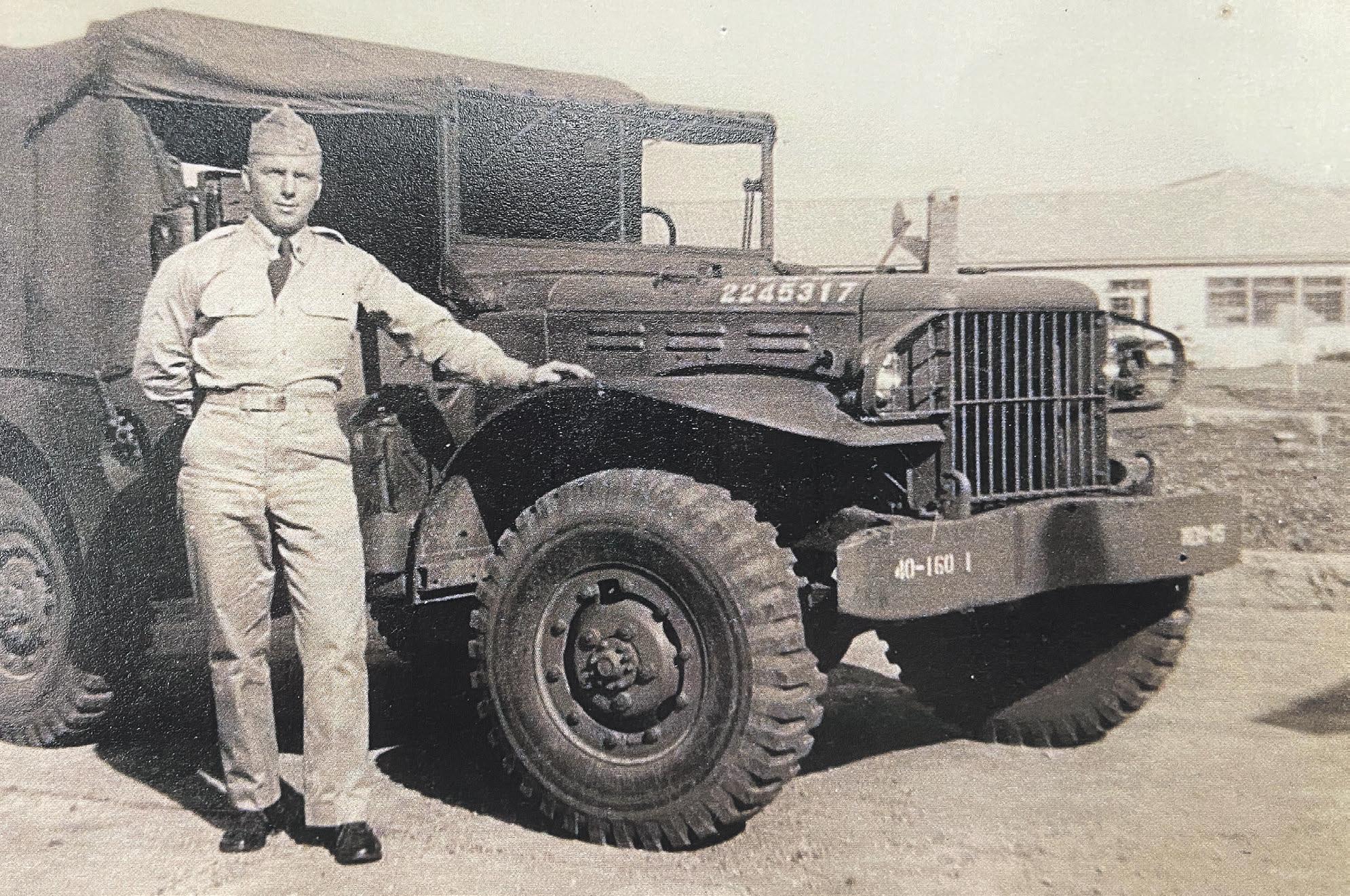
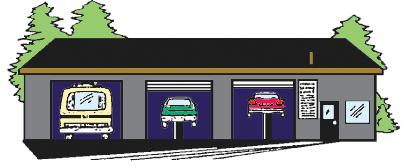
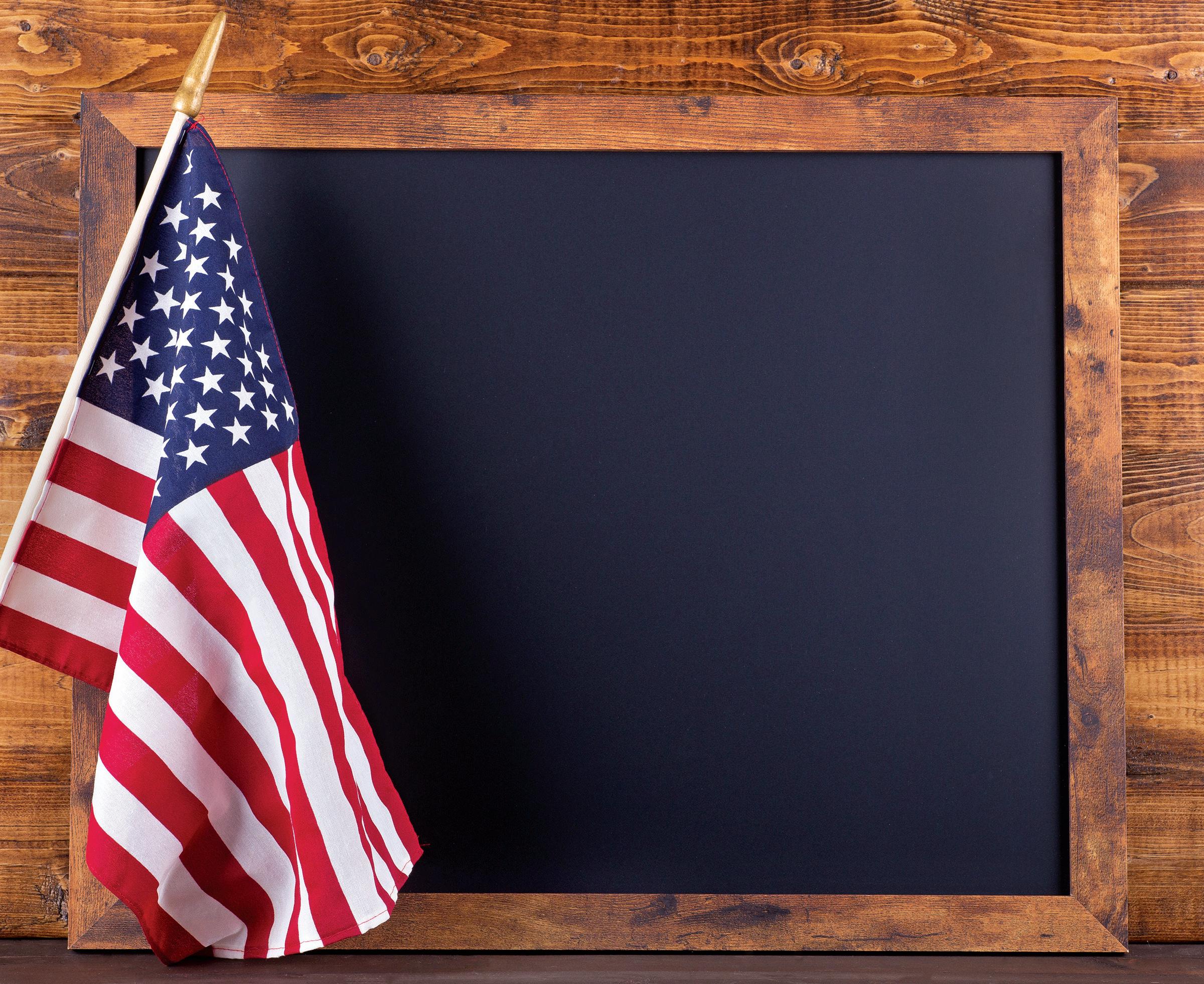
Current residence: Lynden
Branch: U.S. Army
Served: 1965-1971
Final rank: Staff sergeant (E-6)
About Nick: Niekolaas H. (Nick) Laninga served from 1965-1971 in the United States Army reserve.
Nick did his basic training at Fort Lewis, Washington and was in the first group to go through North Fort Lewis after they reopened it for basic training during the Vietnam conflict.
After basic training, Nick went on for advanced training at Ft. Huachuca, Arizona.
Laninga was assigned to the 448th civil affairs company where he went on to achieve the rank of Staff Sergeant E-6. He was never assigned to overseas duty.
Nick received an honorable discharge on 23 June 1971.
Today, Nick Laninga is on the Lynden City Council and is the local representative of Holland American Foods.
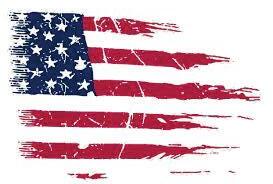

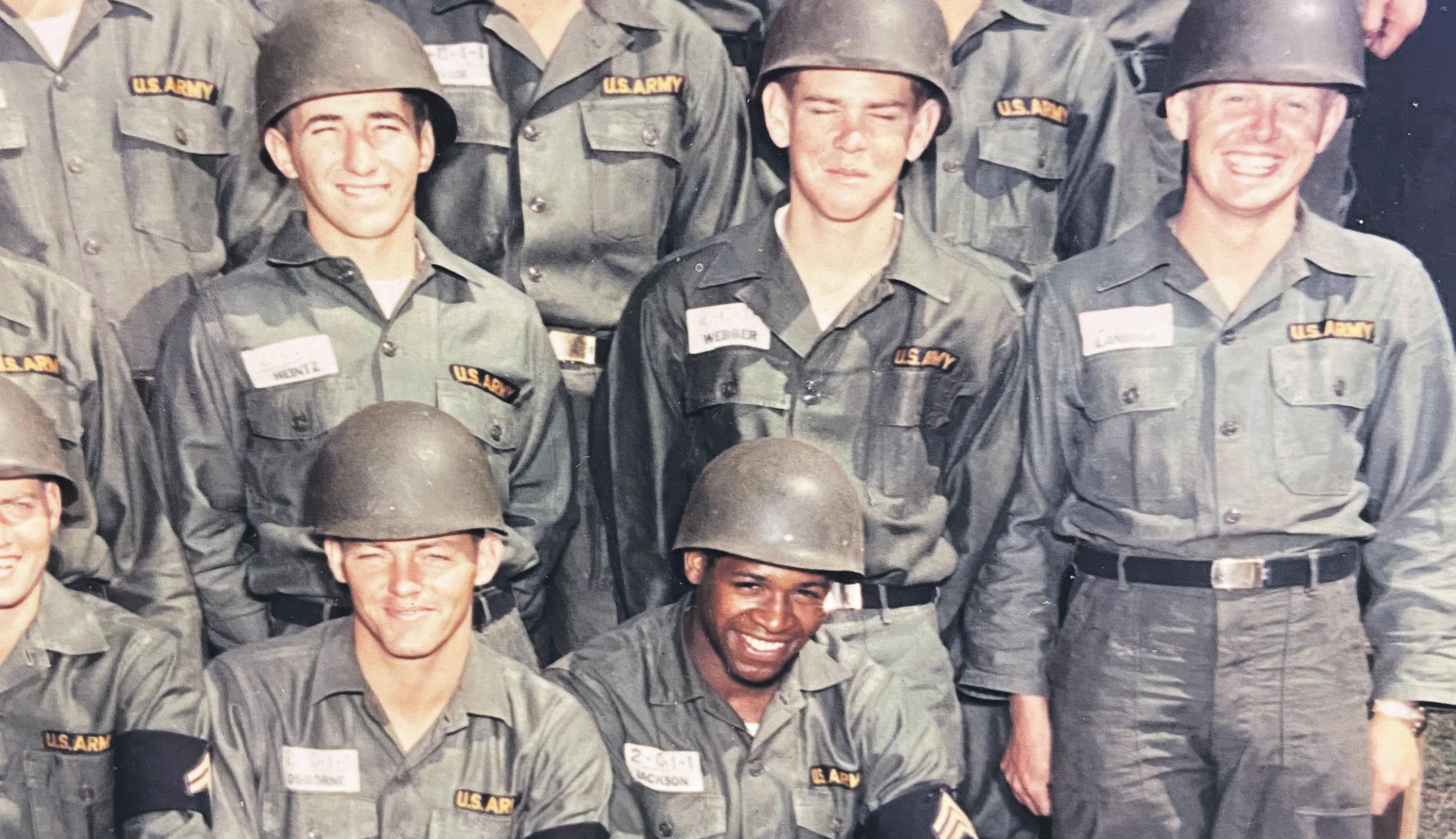
















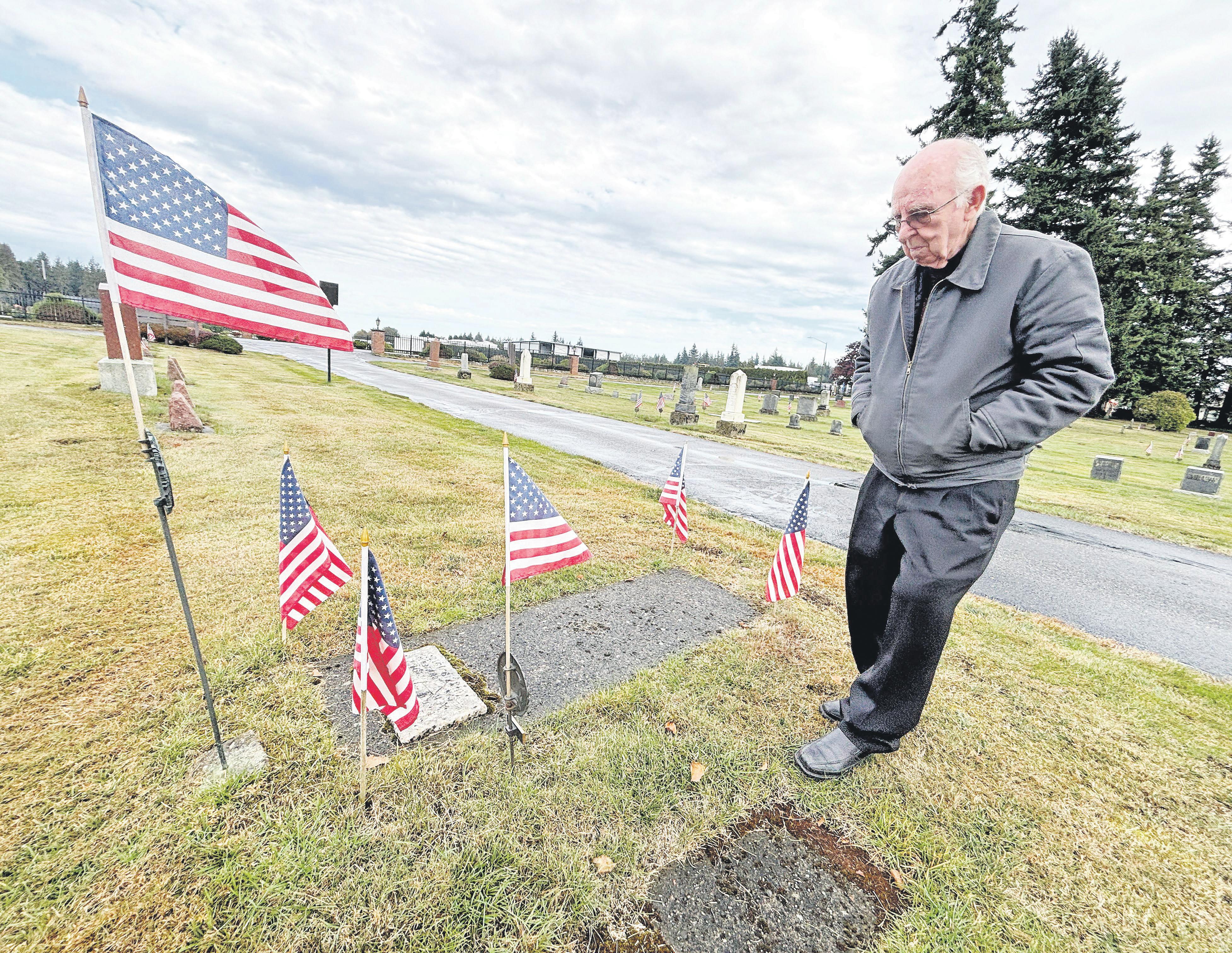
By Dick Decima
For the Tribune
LYNDEN — Whatcom County Cemetery District 10 encompasses an area of more than 50 square miles. It is bordered on the north by the international boundary, on the south by a section line, on the east by Northwood Road and on the west by Delta Line Road.
The entire City of Lynden is in District 10.
There are two public cemeteries in the district: the Lynden Cemetery on the south side of Front Street at the intersection of Guide Meridian, and the Greenwood Cemetery on the south side of East Wiser Lake Road between Guide
Meridian and Hannegan.
The elected commissioners of District 10, for staggered six-year terms, recognize the importance of veterans. The only discount on plots and niches is 25% for veterans. For each veteran, the district also purchases a bronze medallion, mounted on a solid brass rod, embedded in concrete.
There is a different shape of the medallion for each war. GAR means the Grand Army of the Republic and is on the medallion for every Civil War veteran. There was a fraternal organization composed of Civil War veterans who founded the GAR organization in 1866.
There are more than 300
veterans in the two cemeteries with more than 70 being Civil War veterans. Those veterans made the long trip from the eastern states by horse and wagon to Whatcom County.
The Homestead Act of 1862 offered 160 acres to individuals who lived on and farmed the land for five years. There is a lone Confederate soldier in the Lynden Cemetery.
Fifty flags are displayed along Front Street in Lynden and down the entry to the Lynden Cemetery on holidays throughout the year. Thirty-six flags are displayed along East Wiser Lake Road and down the entry to Greenwood Cemetery on the same holidays.
nies are special events with dignitaries officiating at both cemeteries. There are six veterans at the two District 10 cemeteries who have made the supreme sacrifice for their country.
Their names are read with a chime sounded after each name. Their names shall be repeated here in alphabetical order: William Lee Alexander, WW I, Army; William Ira Brigham, WW I, Army; John Edward Cave, WW II, Navy; Osa J. Dickson, WW I, Army; Arvid Charlie Johnson, WW I, Army; Thomas O. Reyna, Vietnam, Army. May they rest in peace.
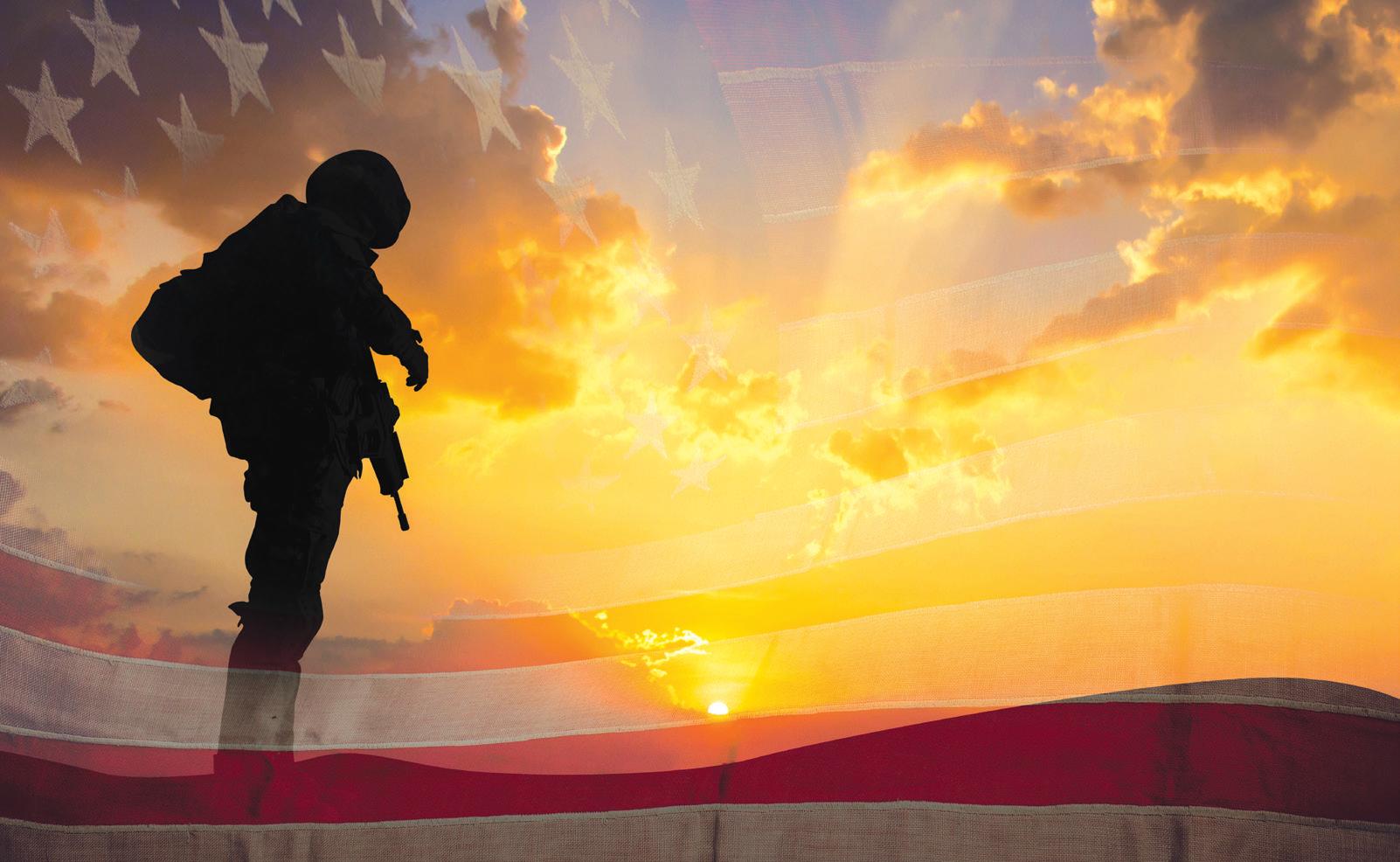
Memorial Day ceremo-

-- Dick Decima is one of the Whatcom County Cemetery District 10 commissioners.
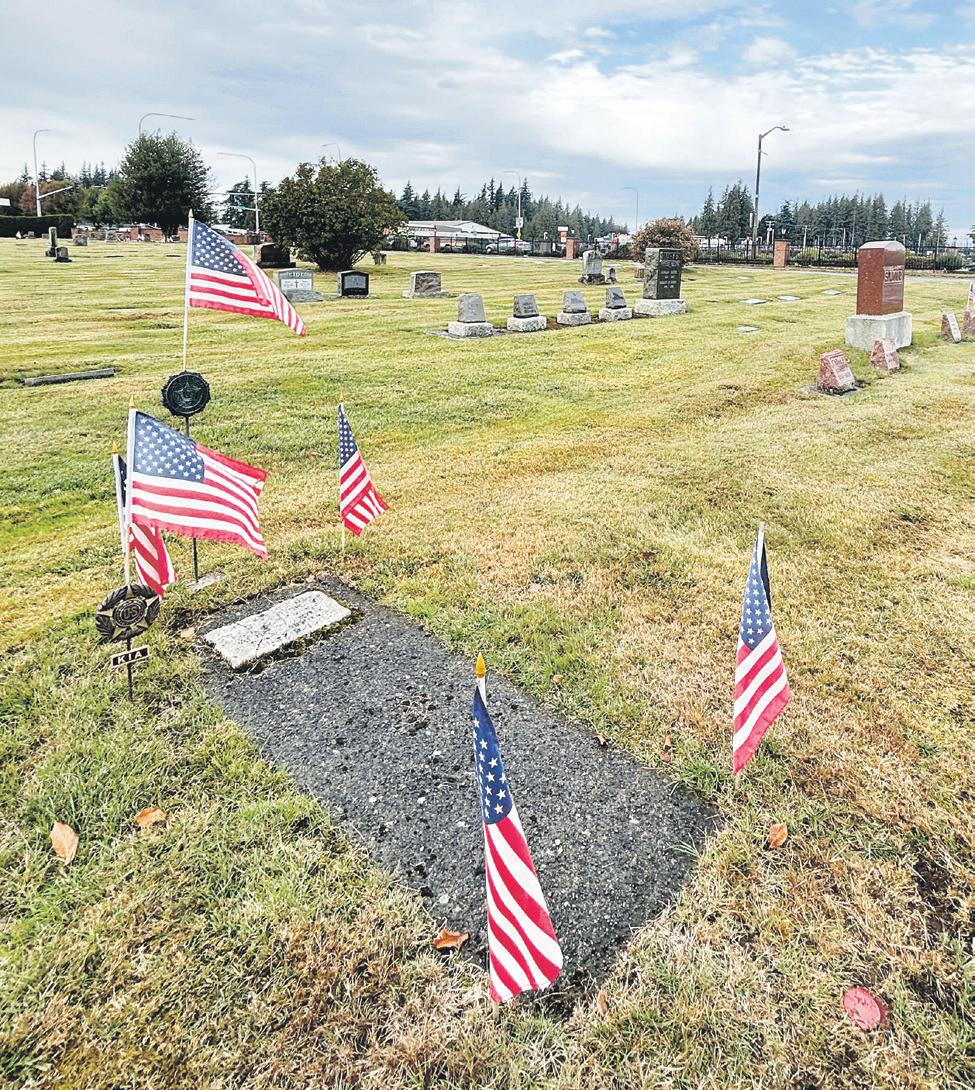
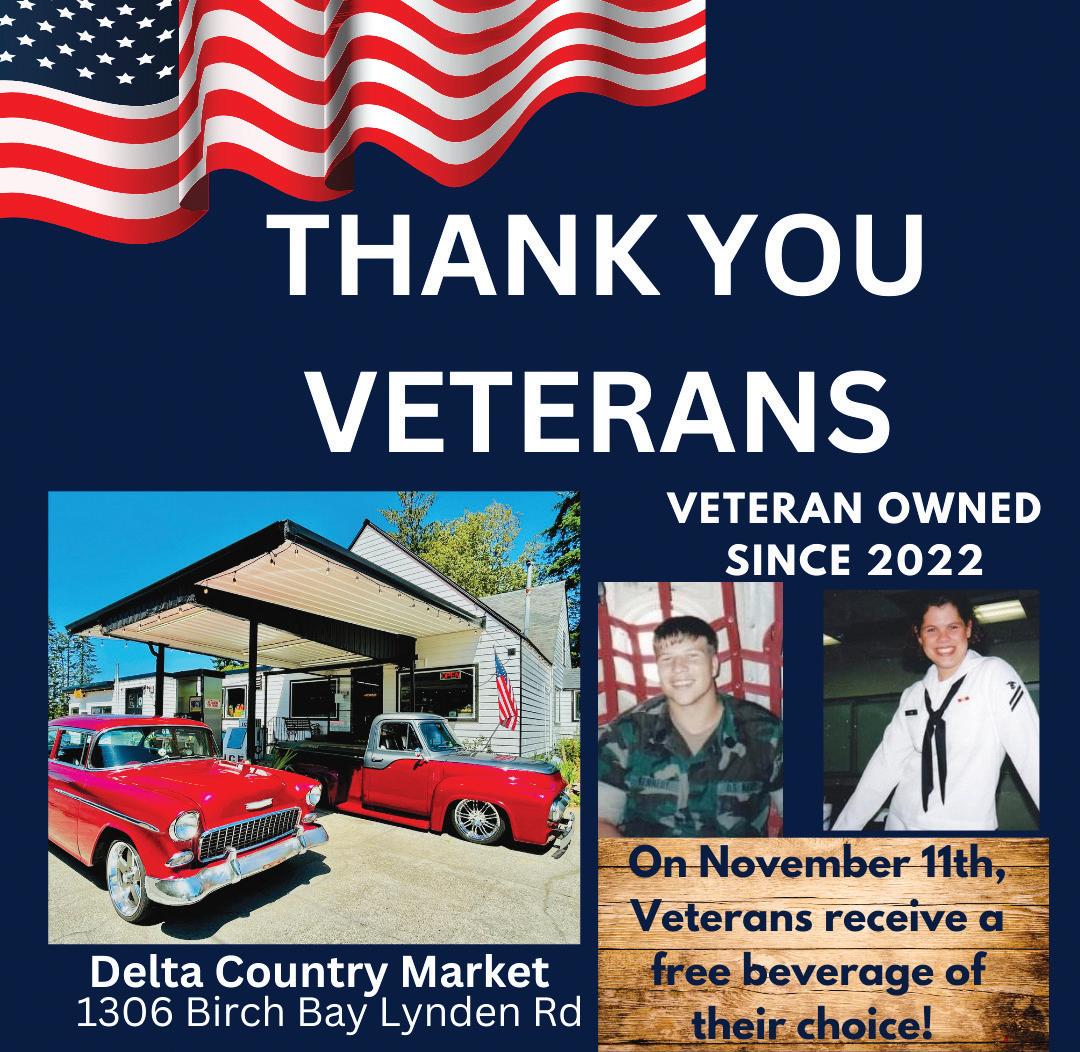
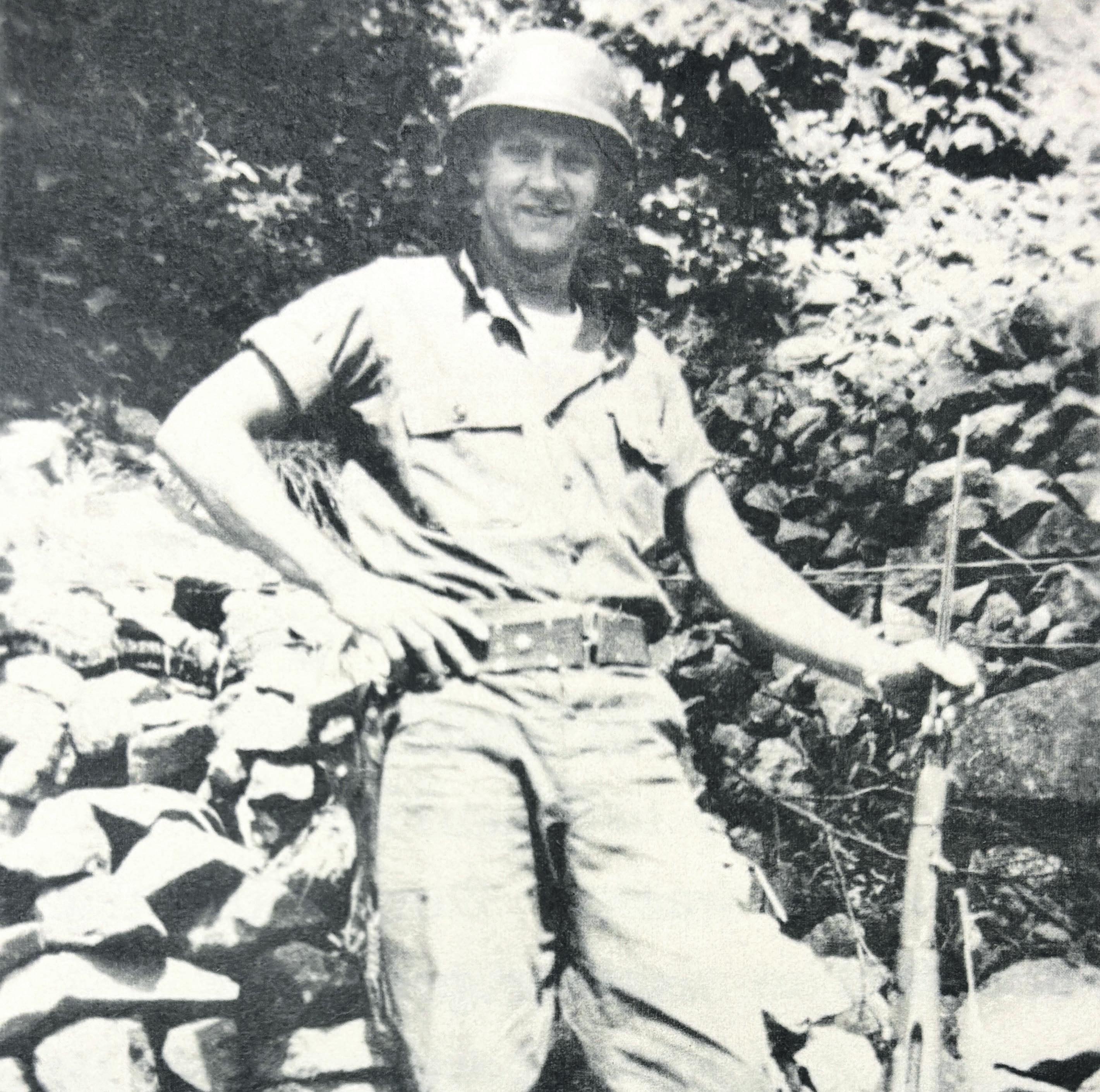



Branch: U.S. Army
Final rank: : Sergeant
About Hank: Henry ‘Hank’ Leenstra was drafted into the U.S. Army after World War II. After basic infantry training, he was attached to the U.S. Army Air Corps at Elgin Field, Florida. After his two-year hitch was up, Hank returned home to Lynden.
In summer 1950, when the North Koreans invaded South Korea, Hank was recalled to active duty, assigned to the 7th Infantry Division and within a few weeks was on his way to Japan on a troop ship. During the trip, Hank requalified on machine guns.
Upon arrival in Japan, Hank was assigned to the 31st Regiment Combat Tam (RCT), 7th Infantry Division, which in conjunction with the 1st Marine Division was bring formulated into the X Corps in preparation for the planned amphibious landing at Incheon, South Korea. Hank was assigned to the 31st RCT Headquarters Company Reconnaissance Platoon. On Sept. 15, 1950, under the command of Gen. MacArthur, approximately 50,000 Marine and Army combatants successfully landed in North Korea-occupied South Korea. Collectively, they recaptured Seoul and in conjunction with other Army units successfully pushed surviving North Korean units back over the 38th Parallel border and then returned South Korea back over to the South Korean government.
The Korean War was a U.N. effort albeit largely carried out by U.S. forces. It was the U.N.’s intent to unify North Korea and South Korea into a single non-communist country. Accordingly, MacArthur directed X Corps to make another amphibious landing in North Korea. In late-October 1950 the Marines landed at Wonsan, North Korea and the Army 7th Infantry landed 90 miles north at Ricon, a few miles south of the Yalu River border with China.
As the Army and Marines moved independently westward, the 31st RCT was detached from the Army 7th Infantry and assigned to the 1st Marines Division to provide protection to their eastern flank as they approached the Chosin Reservoir, heading

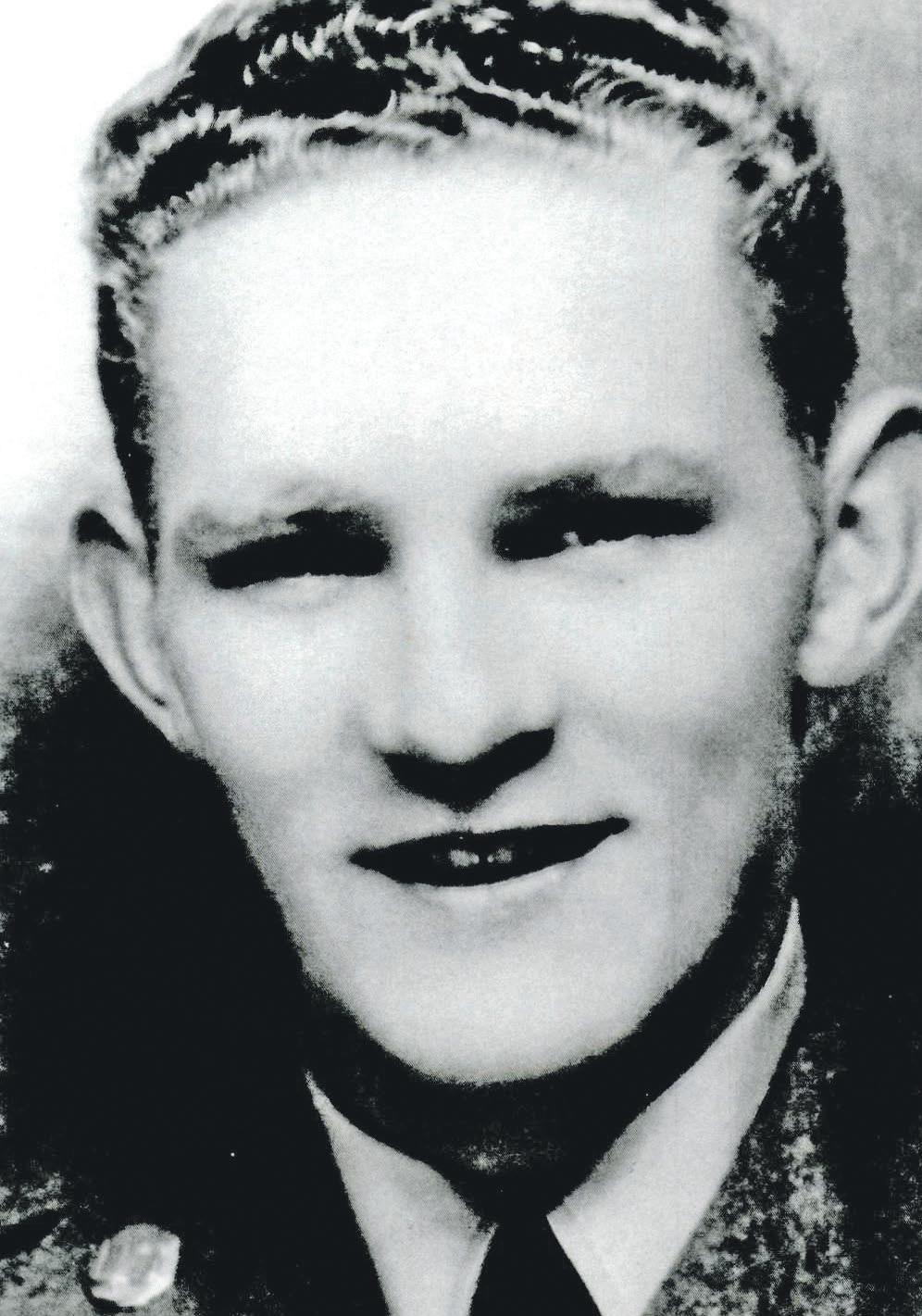
for the Yalu River border. When they were detached they left with only two battalions instead of three, due to conflicting requirements – roughly 2,500 men instead of 3,500.
In late-November the 1st Marines progressed up the west side of the Chosin Reservoir (about 20,000 men) and the 31st RCT proceeded up the east side. At the same time the temperature fell to 50 degrees below zero, which created all kinds of problems for both Marines and 31st RCT troops and their equipment.
Concurrently, an estimated 120,000 Chinese infantry attacked both the east and west side of the Chosin Reservoir. This came as a complete surprise to both the Marines and the 31st RCT since X Corps headquarters intelligence staff was completely unaware of any significant Chinese presence in the area.
There are many books written in the battle of the Chosin Reservoir, which was considered the most brutal battle of the Korean War.
The statistics speak volumes: of the 2,500 men in 31st RCT only 385 survived the Chinese attacks, freezing weather and frostbite. The rest were
killed, captured, wounded or froze to death. The wounded and dead were evacuated by Marine aircraft. An estimated 40-80,000 Chinese troops were killed by the combined efforts of the 1st Marines and the 31st RCT.
Hank was one of the 385 survivors who was considered able to make the 90-mile evacuation march to Hungnam, North Korea for evacuation by the U.S. Navy. The 31st RCT survivors were integrated into the 1st Marine Division and made the march over a 10-day period while being constantly attacked by the Chinese. When they arrived at Hungnam reportedly less than 100 of the original 385 RCT Chosin survivors actually survived the march due to constant Chinese attack and subzero cold. Hank was one of them.
By Christmas Eve, all Marine and remaining 31st RCT personnel and equipment were back, loaded on board Navy ships and out of harm’s way. Both Marines and the 31st RCT were independently awarded the Presidential Unit Citation (PUC) for extraordinary performance in combat against overwhelming odds. To note, the commander of the 31s RCT
-- Col. MacLean -- was killed in action at the reservoir. A week later, his relief -- Lt. Col. Faith -- was also killed in action while leading an attack on the Chinese. He was later posthumously awarded the Congressional Medal of Honor for heroism in battle. Since Hank was attached to the regimental headquarters Recon platoon, he worked for both of them.
The Navy evacuated the Marines and remaining Army units, including all of their remaining equipment, and returned them to Pusan, South Korea. At that point the 31st RCT had to be reconstituted from basically scratch. Over the next few months they were reconstituted, trained and then reassigned back to the 7th Infantry, which was fighting Chinese and North Korean combatants in the mountainous area along the 38th parallel.
In September, the 31st RCT was detached to the ongoing battle of Heartbreak Ridge. On Oct. 1, 1951, Hank was killed in action while he lead a Recon patrol on Heartbreak Ridge. He was due to be shipped home in a couple of weeks since he had already exceeded the normal nine- to 12-month combat tour.
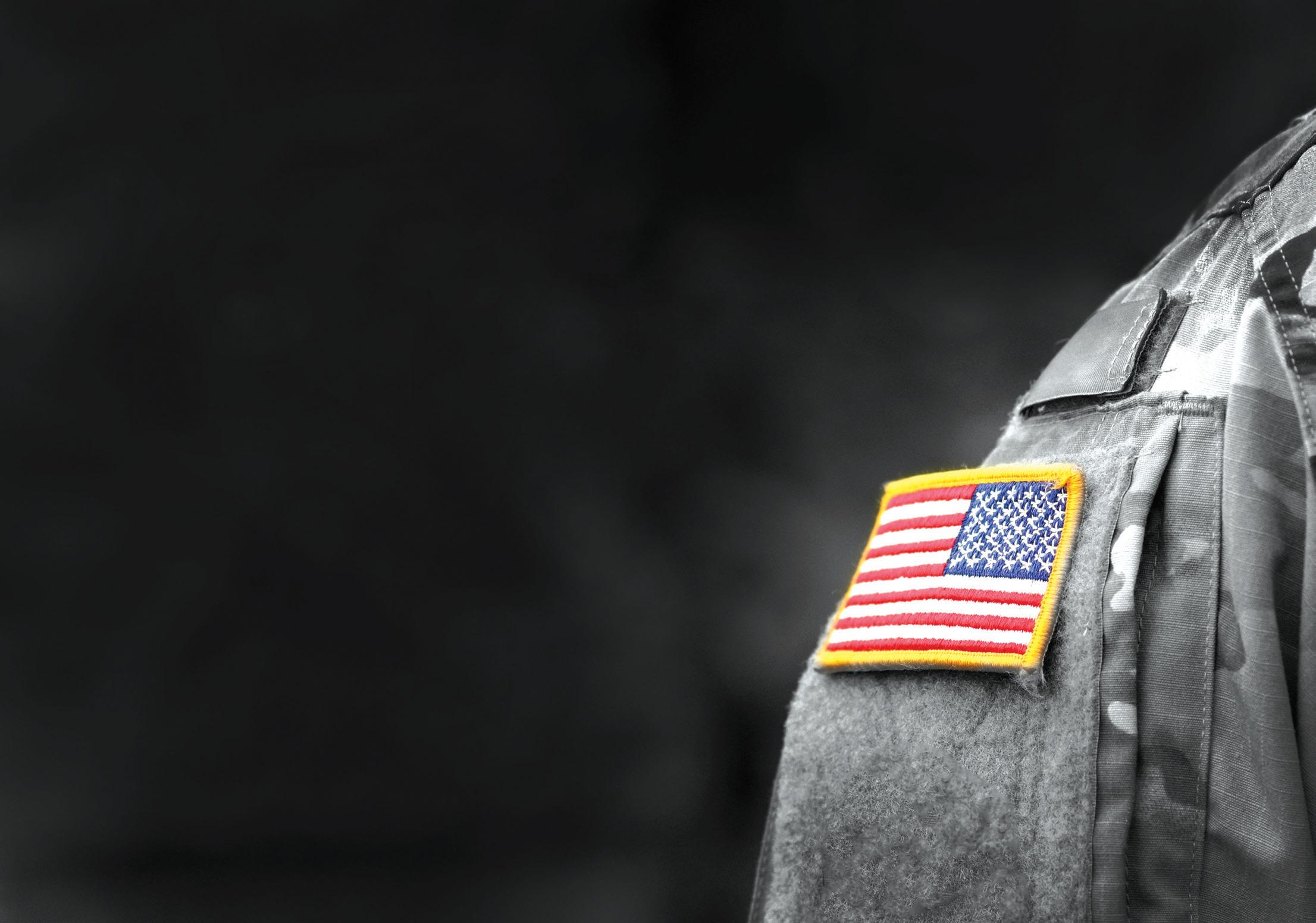


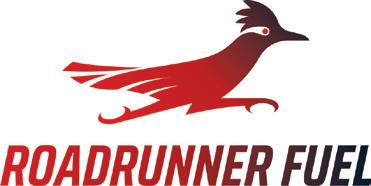

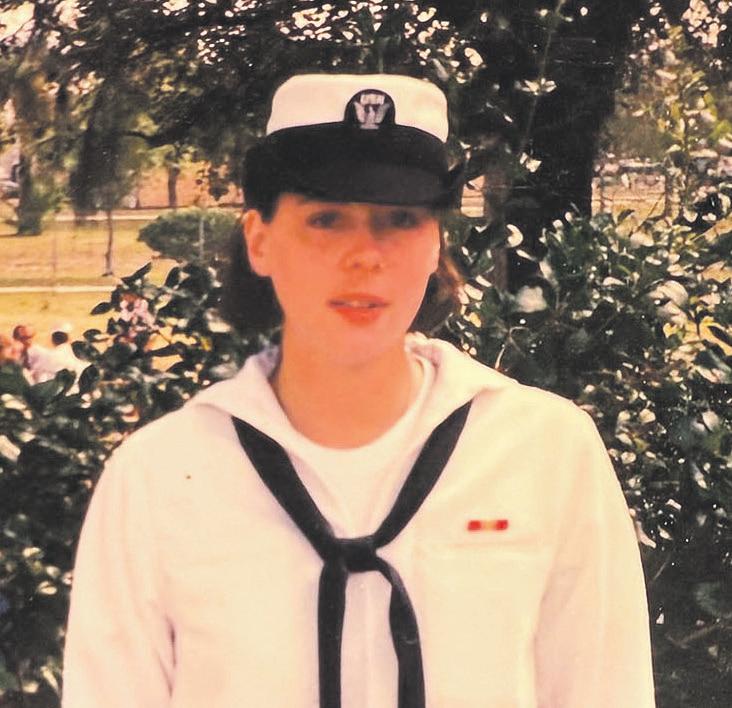
Current residence: Ferndale
Branch: US Navy
Years served: 1993-1997
Final rank: E-3, Hospitalman Medals and commendations: Army Achievement Medal (tri-service), honorable discharge.
Hospital Corpsman/Psychiatric Technician from January 1993 until January 1997, United States Navy, National Naval Medical Center and Walter Reed Army Medical Center
I began my service in Orlando, Florida, where I completed my basic training. After basic, I attended Hospital Corp School in Great Lakes, Illinois and Portsmouth, Virginia. I later specialized as a psychiatric technician, completing my C school in Fort Sam Houston, Texas.
My first duty station was the National Naval Medical Center in Bethesda, Maryland. Here I worked on an Acute Psychiatric Unit as the patient education coordinator and activities director.
I later was stationed at Walter Reed Army Medical Center on the inpatient psychiatry unit.
I left active duty in January 1997 and served four years of inactive reserves until January 2001.

Current residence: Lynden Branch: U.S. Navy
Served: 1981-2001
About Susan: Chief Personnel man (Surface Warfare Qualified) Susan Kreps served on active duty in the U.S. Navy for 20 years, from October 1981 through September 2001, when she transferred to Fleet Reserve. She was born in Connecticut, joining the military in part as a tribute to her father, who served in the Army during World War II. Susan served at duty stations in Florida, Nebraska, California, Virginia and overseas in Wales, United Kingdom.
Susan traveled overseas on two extended deployments, one through the Mediterranean onboard a destroyer and another through the western Pacific onboard an ammunition supply ship.
Military service allowed her to serve with sailors of varied cultural and racial backgrounds, highlighting the common values and love of country shared by all, showing her
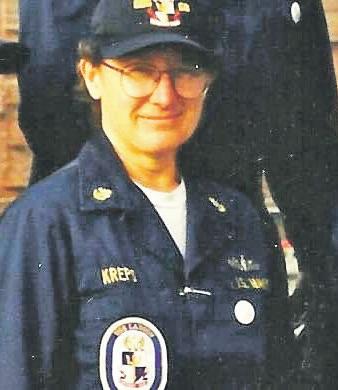
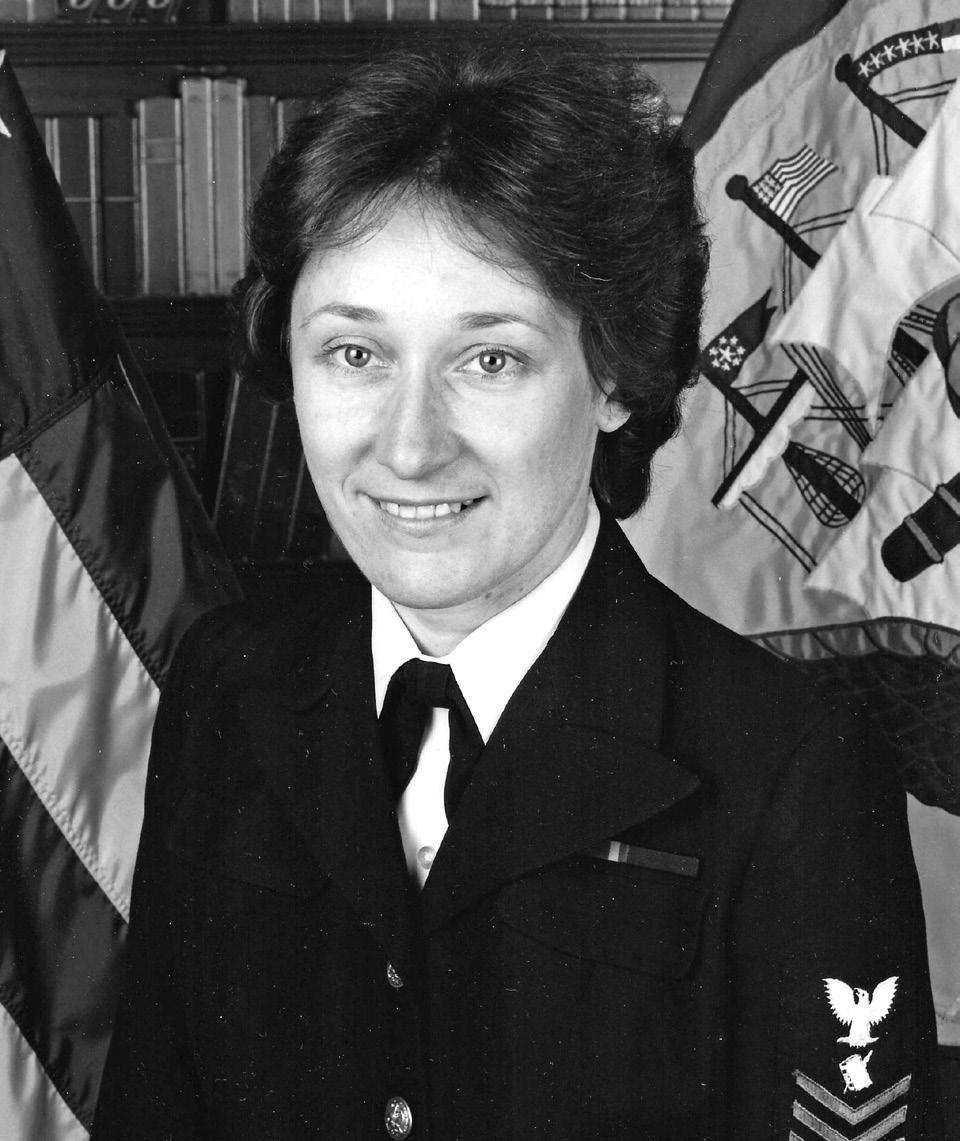
parts of the world most only read about and forging lifetime friendships.
Susan’s last duty station was on Whidbey Island, where she found her forever home in the Pacific Northwest and her current home in Lynden. Her two sons and their families also make their homes in Washington, allowing her to share the childhoods and experiences of her grandchildren.
Somehow, the Navy has forged a connection to such diverse events as holiday performances of The Nutcracker by Tacoma City Ballet and Lynden High School swim meets, as Naval service brought her family to this place together.
During her career, Susan earned multiple awards, including three Navy Commendation Medals, five Navy Achievement Medals, five Good Conduct Medals and additional unit awards.
Even after several decades as a civilian, a veteran will always feel pride in their years of service and sacrifice offered toward the support of our democracy.


Current residence: Everson
Branch: Royal Australian Navy, Royal Australian Navy Reserve
Rank: Chief Petty Officer Medical
Branch: Royal New Zealand Army
Rank: Warrant Officer Medical Class 2
Served: 1965-1982
Medals/Commendations: Australian Service Medal 1945-1975; Australian Active Service Medal with Clasp Vietnam; Defense Long Service Medal; Vietnam Campaign Medal; Vietnam Medal; Return from Active Service Badge; Naval Board Commendation for service in Vietnam.
About Tag: War Service: HMAS Brisbane DDG 41: On the Charles F Adams class Destroyer (made in the U.S.). Rank LSBA (Leading Seaman Medical (HM2). Only medic on board with 330 men, although we did have a full-time doctor as well. During my tour we escorted the USS New Jersey during one of her visits. Mills is shown in a VFW uniform.


“Although I am not a full member because I do not have any medals issued by the U.S., with the assistance of Lonnie Rose joined the guard and performed in several parades in Sumas, Lynden and Everson,” Mills said. “I could be seen most times proudly carrying the Stars and Stripes. I am an American citizen married to an American lady with grandchildren in both America and Australia.”


By Racquel Muncy Staff Reporter
LYNDEN — Growing up, Nick Sawka wasn’t sure what he wanted do to after high school.
One day, while cutting grass for his neighbor, he was asked what his plans were.
When he said he didn’t know yet, his neighbor recommended the Coast Guard, as her nephew was serving.
Sawka went home and began to look into the Coast Guard, where he found it had competitive wages, paid vacation and would pay for his college tuition.
By July 2001, he had joined and was heading off to bootcamp.
“Then 9/11 happened and scared my mom half to death,” he said, noting that the tragedy occurred shortly after he returned from bootcamp.
Sawka said he wasn’t sure how much he would like his new career move, but figured he could do anything for four years. Shortly in he met his wife and found it was a good fit for their family.
He said his ship had to emergency dry dock in Bellingham and one of the kids on the ship wanted to go into Canada to go to a bar, where the drinking age is 19.
He has that mini adventure to thank for meeting his wife Jillian, and by 2004 they were married.
Sawka spent three years on a boat before moving up to be an operations specialist, which is essentially a 911 operator for the Coast Guard.
“It was a good time,” Sawka said of his time on the boat. “It was an experience that I would not trade for anything, but I would not do again.”
As an operations specialist he would assist in the planning for rescues and often hear directly from those in distress.
Looking back at his 20-year career, Sawka said he met some of his best friends, people from all around the country who would likely never meet otherwise.
Not only due to geography, but also values, interests and a million other factors. All of these people came together in the Coast Guard with a common goal.
The Coast Guard is involved in many humanitarian efforts, from reducing drug and human trafficking to rescuing those lost at sea.
“We do it all and that is the beautiful


At first, Nick Sawka wasn’t sure how much he would like the military. Shortly after he joined, Sawka met his wife and found the Coast Guard was a good fit for their family. Today, Nick and Jill Sawka have two children, both in Lynden schools. Sawka also looks back at a 20-year career that included three years on a boat before he became an operations specialist, which is essentially the Coast Guard's 911 operator. (Photos courtesy Nick Sawka)
thing about the U.S. Coast Guard,” Sawka said.
From 2015 until 2018 he played a part in counterdrug operations in the Pacific Ocean
However, he said his time was not all rainbows and sunshine, it’s a lot of hard work. Those who enlist have to accept both the challenges and the adventures. The memories made are worth the journey.
Sawka said one memory he will never forget was Seafair Weekend Festival in 2003 where he was able to help carry the American Flag through the streets of Seattle.
Feeling the flag ripple as his fellow service members walked alongside him was unforgettable.
“I will remember that for the rest of my life,” he said.
Through the good and the bad, Sawka stayed true and brought home several commendations. These include service ribbons for National Defense Service, Global War on Terrorism and Outstanding Volunteer, among a dozen others.
While he mostly enjoyed his time serving his country, he said eventually he had to make a decision that would allow him more time with his children. After 20 years and reaching the rank of E-7, Chief Petty Officer, he decided to move on.
Sawka officially retired in summer 2021. After spending time on both coasts and the Great Lakes, Sawka settled in Lynden to raise his two daughters.
“I’m pretty family centric. I want to be with my kids and my family,” he said. “I wanted to be the Coast Guard to be a few chapters and not the whole book.”
Now Sawka uses the skills he gained from his service to benefit the community, especially in his role as Lynden Breakfast Kiwanis Club president.
“I try to be as involved in the community as I can,” he said.
This has included using his skills in coordination, planning and working in teams to bring together volunteers, Lynden Kiwanis members and City of Lynden staff to work on Schoolyard Park.
He has also been involved in various committees for the Lynden School District, is an active member of VFW Auxiliary Post 9301 and helps to coach youth soccer and basketball teams.
-- Contact Racquel Muncy at racquel@lyndentribune. com





The men and women who have kept America free wear no badges or emblems. Except maybe in a parade.
It is difficult to tell a veteran by just looking. He is the parade-leading American Legion or VFW Honor Guard who tries to pin his ribbons and medals on with an artificial hand. Or the one who stands beside the parade route, coming to attention, removing his hat and placing his right hand over his heart as our flag passes by.
Some veterans have visible evidence of service to their country, such as a scar, a missing limb, a deep haunted look in their eyes. Others may carry the evidence inside, such as a metal plate in their head, a piece of shrapnel in one of their legs, a pin holding one of their bones together. Or perhaps they have another kind of inner hurt or turmoil that the eye cannot detect.
Just what is a veteran? He is a fireman, a plumber, a farmer, a railroad conductor, or maybe the mailman, who spent months in Iraq or Desert Storm, sweating three gallons a day to make sure the planes or tanks were patched up, fueled and ready to go at a moment’s notice, praying the incoming missiles didn’t find him.
He is the medic or corpsman who caringly tended to the wounded and in so doing saved many lives in the midst of grave danger but never thinking of himself. He is the doctor with trembling hands spent countless hours on end, seven days a week in surgery, playing the tremendous influx of wounded would stop coming. She is the nurse with soothing and caring hands tending to the wounded and who fought against futility, went to sleep sobbing every night for a solid year in Viet Nam.
He is the loud-mouthed kid, greener than two sticks, who is foolish high school
behavior is outweighed a thousand times in the cosmic scales by his extreme bravery on Heartbeat Ridge near the 38th parallel in Korea.
He is the fly boy, pride of the Navy, Marines or air Force, who has flown. Many harrowing missions and maybe one day shot down – who barely survived.
He is the scared 17- or 18-year-old kid who has seen more horrors in a short length of time than a town full of people will ever see in all their lifetimes put together.
He is the P.O.W. who went away one person and came back another, or maybe still missing.
He is the drill sergeant who has seen much combat and is now turning noaccounts and former gang members into first-rate soldiers or marines.
He is the sailor in a submarine who survived many depth charges or didn’t survive any at all – or the sailor who had one or even two ships sunk out from under him into an ocean full of sharks, scared as hell, believing the end had come.
He is the chaplain, giving comfort and spiritual healing to the wounded and dying – and even sometimes making the extreme sacrifice himself.
He is the hero in the tomb of the unknown in Arlington National cemetery and represents all the heroes who have died on the battlefield or at sea.
He is the old guy who hands out shopping carts at Walmart, palsied now and very slow, who spent a very long time in a Japanese prison, torture and death camp, who barely survived and when the nightmares still come even 60 years later he wishes there was someone to comfort him, but has to face it alone.

- Judd Gregg
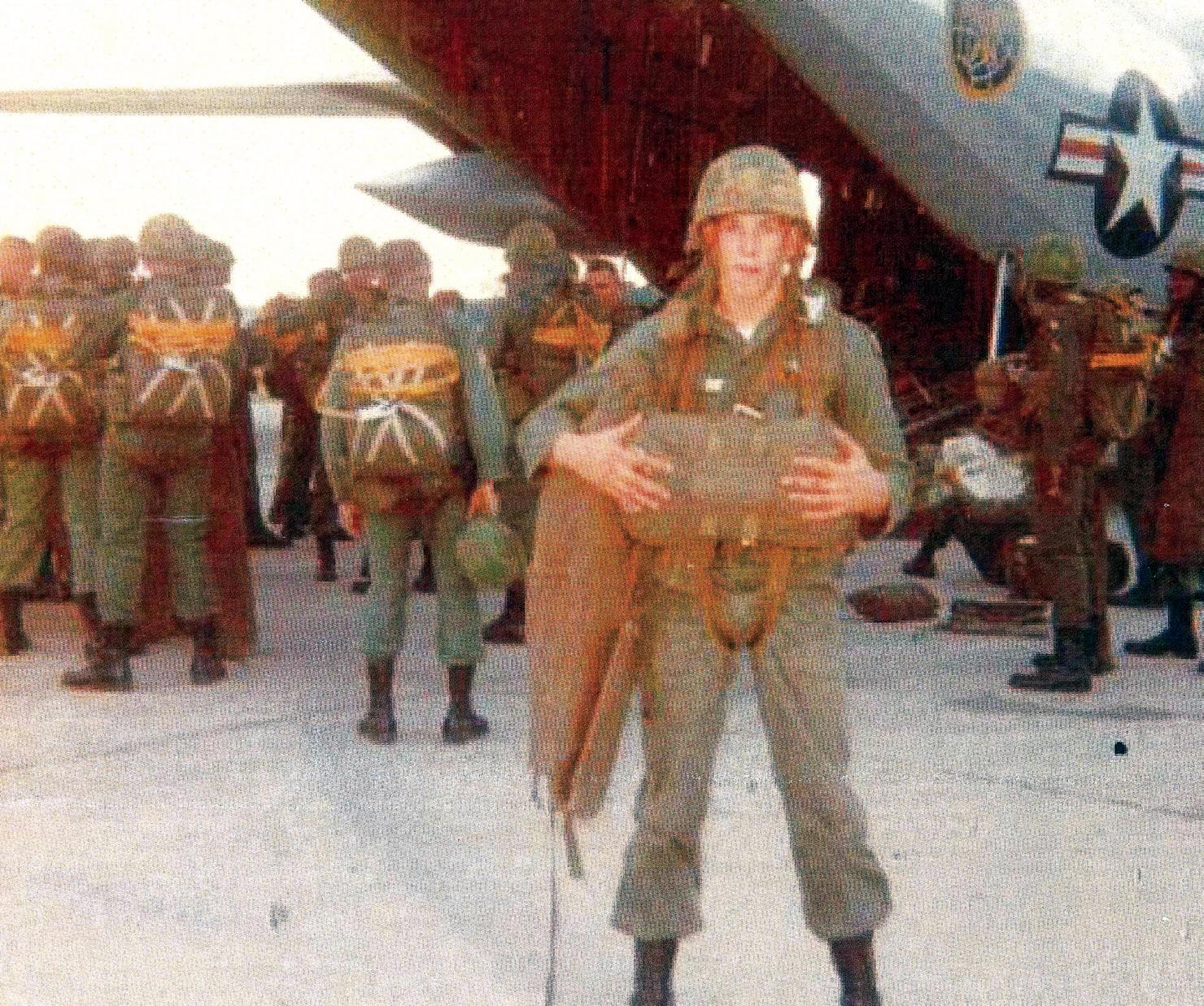
He is the one who served his country between wars, while for the most part was not in actual combat, it was because of him being there, patrolling the world on many tense and scary circumstances, that our country stayed safe and free.
He is the ordinary and yet extraordinary human being, one who gave some his life’s most precious years in the service of his country.
His sacrifices were many and he becomes angry now, when others badmouth our country or desecrate the flag he so bravely fought for. He is the soldier, a sailor, an airman, a marine, a coastguardsman, and is the finest testimony on behalf of the greatest nation on earth.
He is the one, often a very lonely one,
who most people have now forgotten the heavy price he paid for their freedom. When you next see him, let him know he is still remembered. A hug or a firm handshake with these two short, heartfelt words – thank you – and you just may see a tear or gleam of pride in his eyes that has not been seen for a very long time.
-- Known as Colonel Jim, Jim Mackin was a Lynden resident and a veteran of the Korean War. Although he served three years in the U.S. Navy, Mackin earned his nickname when he became an auctioneer in 1968. According to his obituary in the Jan. 5, 2016, Lynden Tribune, Mackin’s fast talking wit was known all over the county for more than five decades.

Service to the nation should never be followed by a struggle to survive without a home. However, many veterans now confront the burden of homelessness because of systemic barriers that drive rising housing costs as well as fragmented healthcare access that leaves some medical conditions untreated.
Nationally, the number of unhoused personnel has plunged by over 50%
since 2010. However, nearly 33,000 of them still lack their own shelter.
Fortunately, a new executive order establishing a National Center for Warrior Independence is bound to make a difference, as such an initiative is set to build more houses and expand healthcare services for homeless and ailing veterans.
While almost all regions of the U.S. face the painful reality of housing insecurity, Whatcom County — home to nearly 13,900 former service members — reflects both progress and continuing need to address this issue. Accordingly, veteran homelessness in the county has already continuously declined with all federal and local resources.
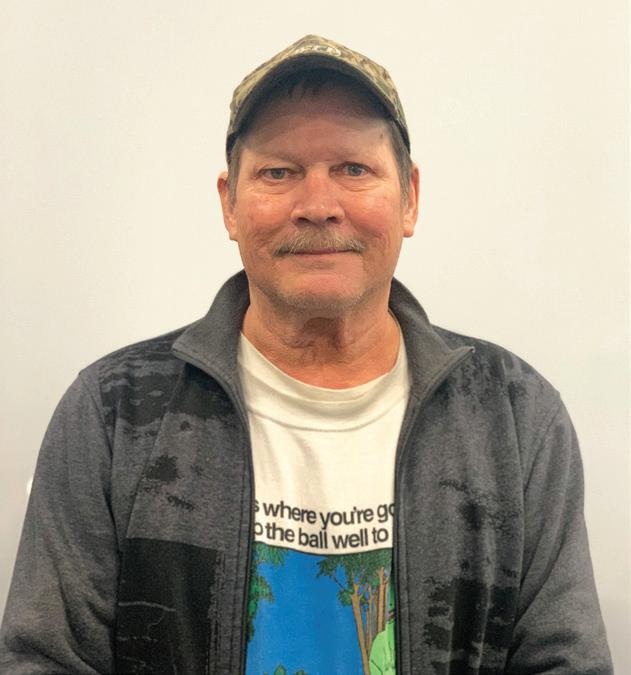

Yet even with this improvement, authorities still identified at least 31 individuals without stable housing as of 2025.
Compounding this concern are some servicerelated health challenges arising from exposure to hazardous substances like asbestos. This natural mineral was widely used in the Navy and other military facilities, such as the old Blaine Air Force Station in Whatcom County, due to its chemical stability. However, prolonged asbestos exposure can cause various fatal illnesses. In fact, between 1999 and 2017, Whatcom County alone logged 256 related deaths — a reminder that the health consequences of service can be as devastat-

ing as homelessness itself.
The establishment of the National Center for Warrior Independence marks a significant shift in how Whatcom County addresses veteran homelessness.
By building 6,000 housing units and providing access to long-term healthcare services, the initiative aims to create a unified system that addresses the critical needs of former military personnel.
Its impact, however, will depend on whether this program can be effectively resourced and coordinated with the local agencies already working on the matter. The truth is that encouraging precedents already exist.
Since the passage of the Honoring Our PACT Act in
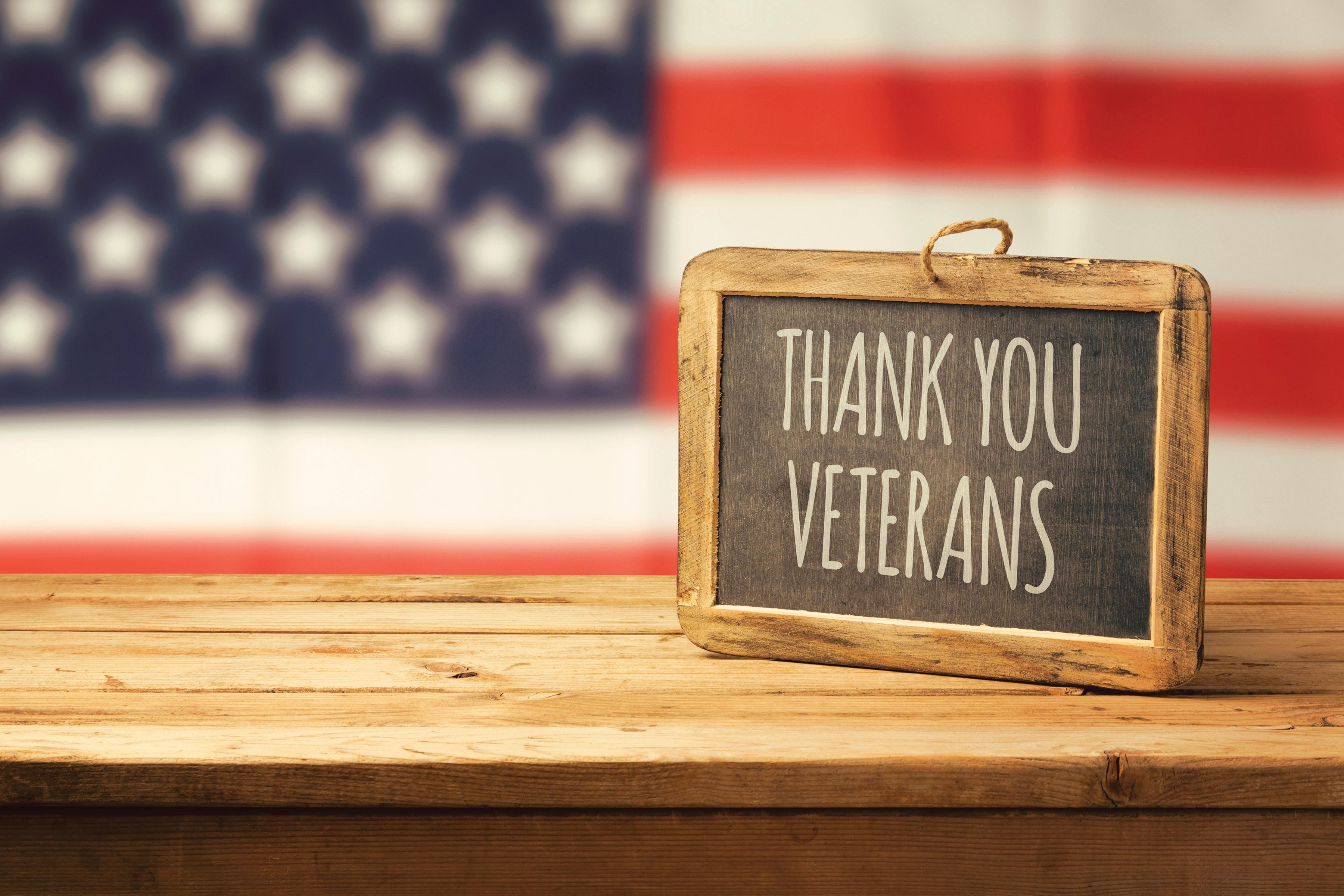
2022, more than 2.93 million applications have been submitted to the Department of Veterans Affairs, wherein 64,511 are from Washington veterans.
As of 2025, almost two million claims had already been approved, while over $6.8 billion had been granted in 2024.
This experience demonstrates the transformative potential of well-funded and carefully implemented efforts, offering a template for what can be achieved if the same discipline guides the new initiative.
With this, the center cannot only reduce homelessness but also ensure that veterans regain stability, health and the opportunity to live with dignity.
Construction work on
the grounds has already begun, and the VA has until 2028 to meet this housing target. Any U.S. veteran at risk or experiencing homelessness may be eligible for the National Center for Warrior Independence’s programs.
The planned eligibility criteria will generally follow the standard VA homeless program requirements.
More information at amacfoundation.org.
-- Cristina Johnson is a U.S. Navy veteran advocate for Asbestos Ships Organization, a nonprofit that raises awareness and educates veterans about the dangers of asbestos exposure on Navy ships and assist them in navigating the VA claims process.
Current residence: Lynden
Branch: USMC
Years served: February 1989 through February 1993 (Desert Storm Veteran)
Final rank: E-4 - Corporal Medals and Commendations: Sea Service Deployment, National Defense, SE Asia Medal, Certificate of Commendations, Combat Action, Meritorious Unit Award, Kuwaiti Liberation Medal, Navy Unit Commendation, Humanitarian Service Medal, Good Conduct medal, honorable discharge.
About Vince: Career educator serving students across K-12 students for nearly 30 years. Married to Dena Riccobene, third grade teacher at Fisher Elementary in Lynden. Proud parents of three children and grandparent of one.
The following is part of a speech I gave to students years ago.
During my time in the USMC I was fortunate to serve in many different countries including Philippines, Yemen, Korea, Japan, United Arab Emirates, Saudi Arabia and Kuwait, and a war called Desert Storm. I served as a radio operator in the infantry.
Each Veterans Day I squeeze into my dress blues for two reasons. The first is to make sure I still fit into it, which is getting more and more difficult.
The second, and real reason, is to honor those who have served, connect with other Veterans and bring awareness to the values I learned while in the United States Marine Corps.
I want to share a message with you called “Embrace the Suck.” Listen for this phrase as I share it with you today. I didn’t realize what it meant while serving and most importantly, I didn’t realize it’s been a cornerstone value for me throughout my life.
As a junior marine, no matter what your job title is, you’re tasked with many menial labor type duties. Unload that truck, fill these sandbags, dig this trench, the list went on and on. I became familiar with a term my fellow marines used to describe the Marine Corps, “The Suck.” It made sense. What we did each day for hours sucked. As you can imagine, if you think what you’re doing sucks and has no meaning or purpose, my attitude probably sucked at times.
Over time I gained a new role and responsibility. This was as the company commander’s communicator. I was responsible for ensuring radios, equipment and communication plans all worked. Most importantly, communication from the company commander back to battalion headquarters was successful.
impacted those around me when said in jest and out of habit. This certainly impacted those around me and was not a good example for junior marines.
I didn’t realize how I could have been contributing to negative culture by using this jargon.
While we were overseas, we trained with other branches and militaries from different countries. There was one drill we practiced a thousand times, exiting an armored vehicle or helicopter. In this drill, marines move quickly, exiting left and right forming a circle, or a semi-circle de-
the commanding officers lead communicator. I was the last marine out of the armored vehicles and needed to stay within a few yards of the company commander.
Once the hatch opens, 18 marines rush out with precision and speed making a semicircle, my role was to rush out and take position next to my commanding officer, Capt. Macauley.
He told us “great job” like he had done so many times before.
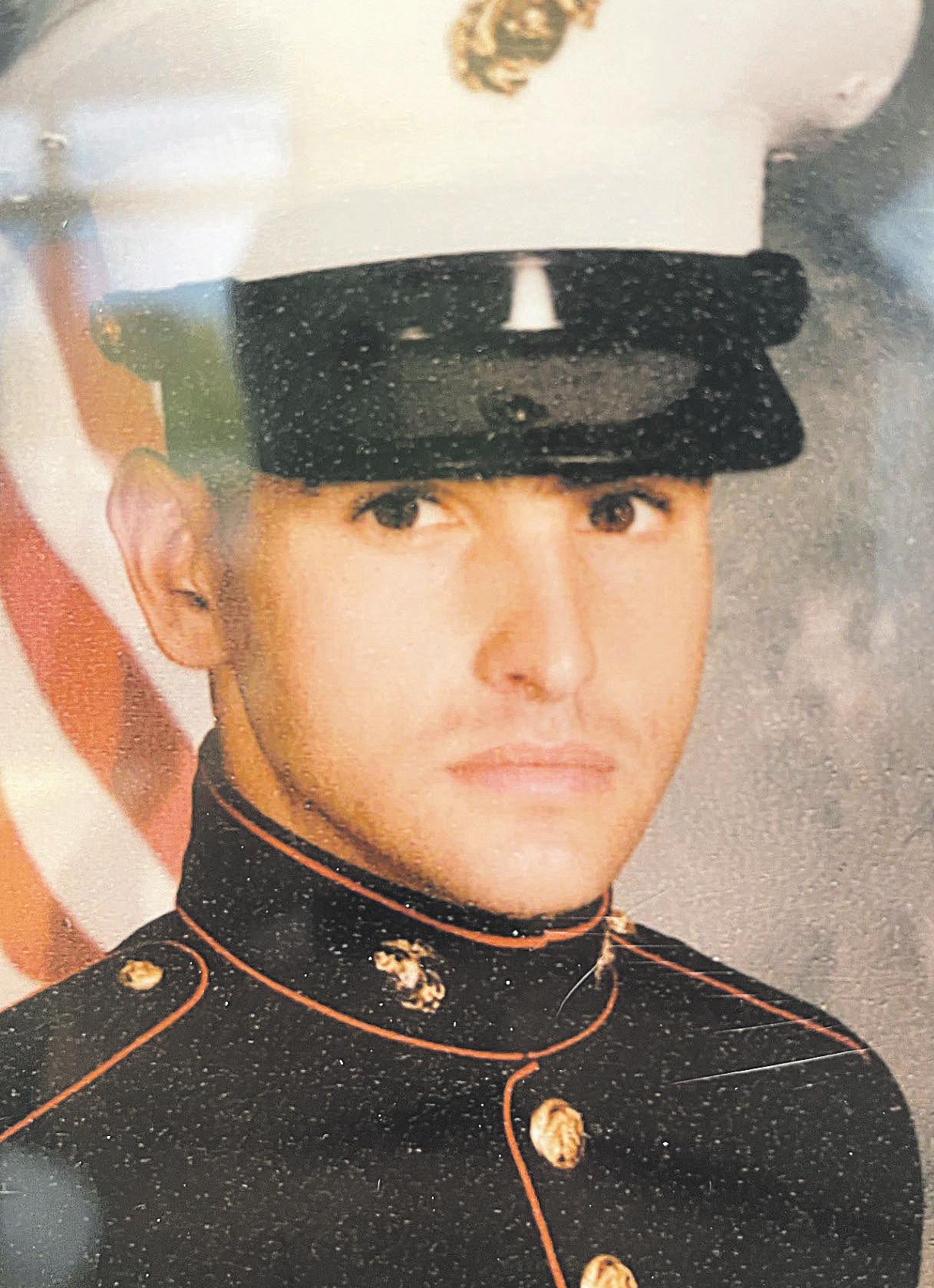
pending on the landing zone. After many months overseas training, we returned to the states.
We were at the southern portion of the Arabian Peninsula and our ships were about to head North just off the coast of Kuwait. We were told we would likely be performing our assault at night.
Finally, the time had come, we were going to make a beach assault. We loaded up in the armored vehicle, the smell of diesel fuel permeated the hull of the ship. We launched, and once in the water no one spoke, I was beginning to feel nauseated from the motion and fumes. I threw up.
Finally, we could feel we hit land, Capt. Macauley opened the top-hatch, I was seated below him, it was dark. The armored vehicles all took defensive positions, Cap. Macauley gave orders to deploy and the rear hatch opened, we ran out, formed our semicircle like we had done so many times before, and dug in. We made two-man fighting holes, deep enough that when seated, your heading is barely above the ground. We were on 75% watch, which means three out of every four marines are awake.
At that time, I had to check on each platoon’s communicator to ensure their equipment was functioning, and they were doing OK. Then I returned to my fighting hole, mortar fire and small arms fire ensued. Pause here …
I had been in the marine corps for about two years at this point, I had referred to the Marine Corps as “The Suck,” like so many others, and now I am sitting in a fighting hole in a foreign land.
To my left and right everyone is doing their job, doing their part. Each marine had an integral role ensuring we could land on that beach, fortify our positions and protect our field of fire. So much of what we had learned and practiced that we thought sucked led up to this moment was critical to the mission, goals and the trust in fellow marines.
Years later, I learned about the term called “Embrace the Suck.” It’s a military term that means tough times happen, some things are unpleasant and unavoidable. The situation sucks, make the best of it. In other words, lean into pain and discomfort.
Our unit was preparing for overseas deployment which meant we were in a training cycle. We trained and we trained and we trained some more. Training is like practice. The marine corps loves to practice. This deployment would be in Korea, the Philippines and Okinawa, a small island off the southern coast of Japan.
By this time, my role and responsibilities had grown significantly. I was no longer a junior marine, the term “The Suck” was still all around me, even amongst higher ranking Marines. Even with my heightened responsibility and role, parts of my job sucked and I found myself still using the term “The Suck,” not knowing how this term truly
I was glad to be back home, and felt seasoned, like I had accomplished something. I felt like I had “embraced the suck.” We all got leave (vacation) for 10 days. Before you go on leave you have to provide contact information in case of an emergency (war) and they call you back.
It was August 1990 and the ruler of Iraq decided to invade the neighboring country called Kuwait.
The phone call came, “get back to base now.” I was sad because I wanted to get my vacation, I had just gotten back from overseas. Are we going again? But this is different, it’s going to be conflict or a battle.
Remember the drill we practiced hundreds of times, as
We cannot control everything that happens to us, but we can control how we react to it. Embracing the suck isn’t just for military, it’s a mantra that permeates our culture with books, YouTube videos and its present in corporate and business and life as well.
Embracing the suck doesn’t mean tough it out and accept a bad situation. Rather, lean into it, make a plan, connect with others, seek resources, develop new tools and grow yourself.
In summary, my experiences in the USMC helped to define and cultivate my leadership style, values and what I try to bring to our school each day.
